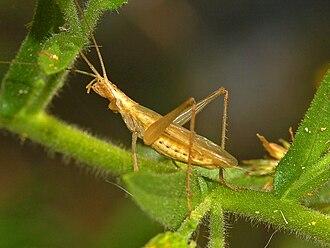Podcast
-
Ear to the Wild, S2-01 - The Headwaters of Sonoma Creek in Winter
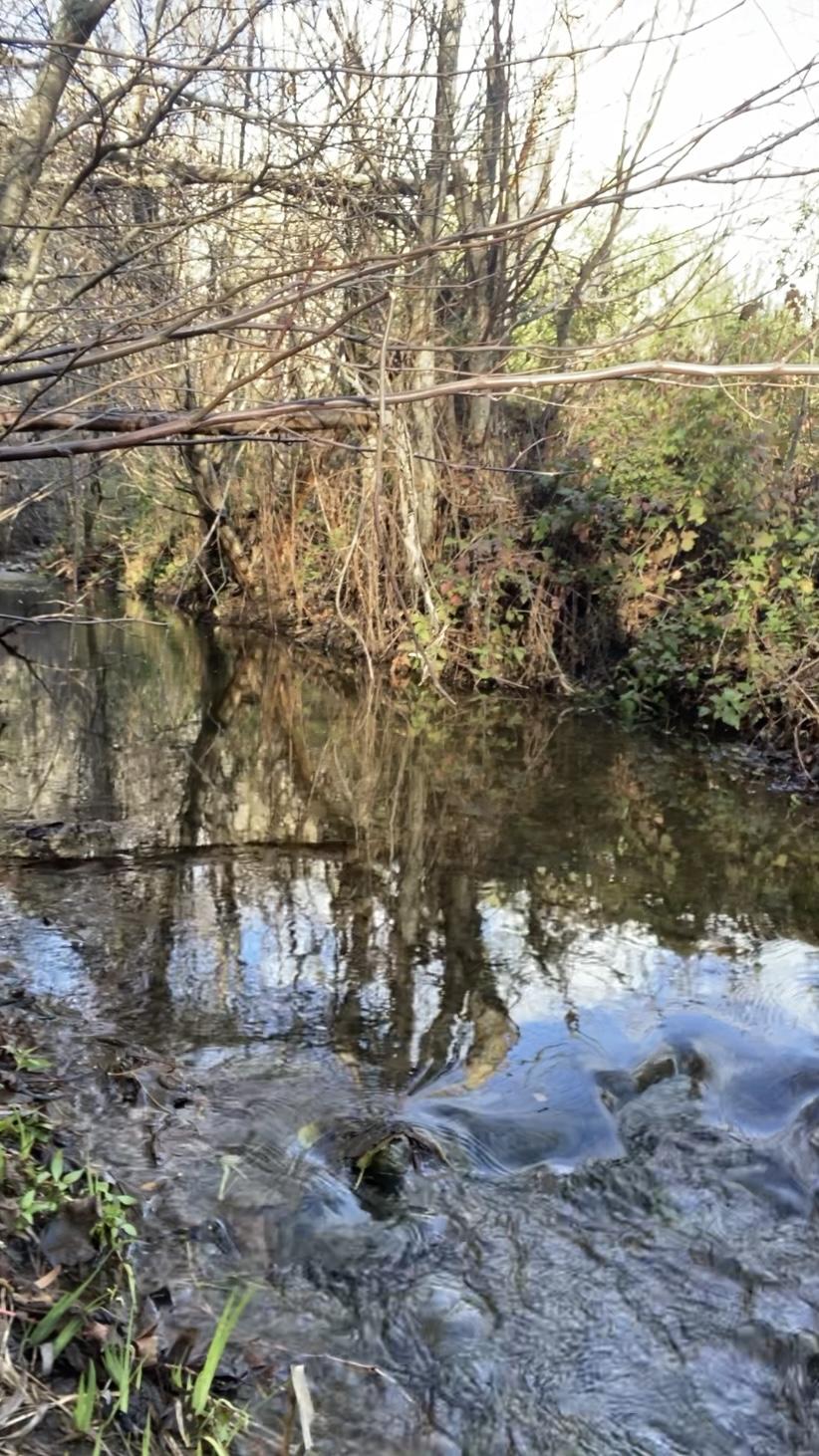

The headwaters of Sonoma Creek, in Sugarloaf Ridge State Park, is a place of many moods. In the Spring it’s alive with the sound of birds and insects. But now, in the winter, it's hushed, and subdued.
-
Ear to the Wild, S2-02 - The White-Breasted Nuthatch
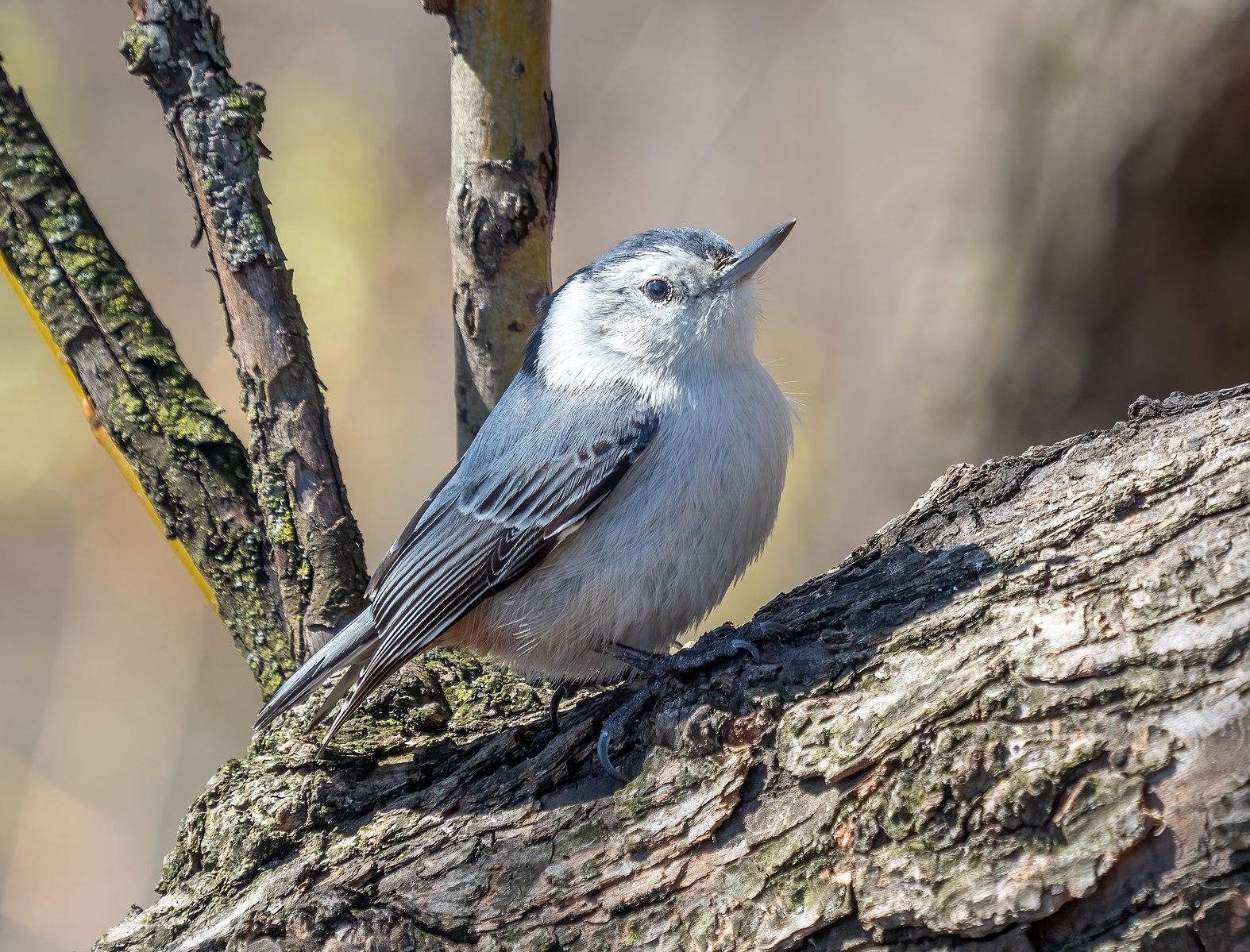

White-breasted Nuthatches get their name from the way they crack open seeds. They wedge the seed into a nook in the bark of a tree and tap at it with their beak until they hatch it open. Listen to this small flock of White-breasted nuthatches calling and tapping in the trees.
-
Ear to the Wild, S2-04: Restored Habitat at Denman Reach
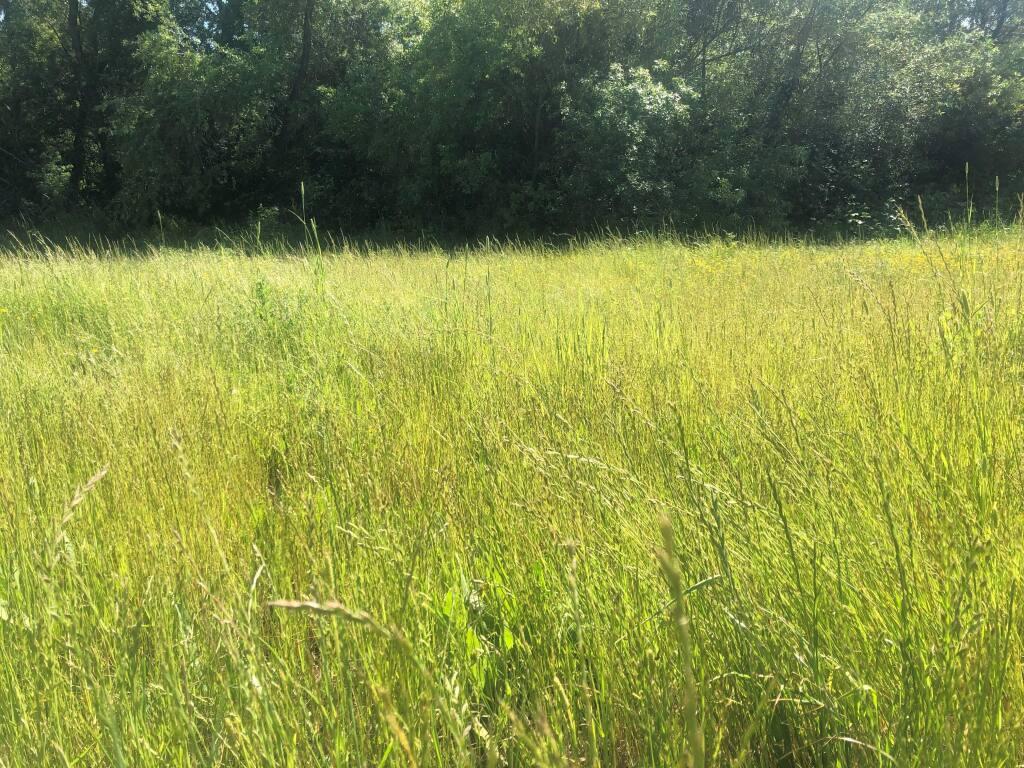

Many species of bird seem to be making good use of the restored riparian habitat along the Petaluma River, in the Denman Reach open space area.
-
Ear to the Wild, S2-05: Russian River Quietude, Part 1
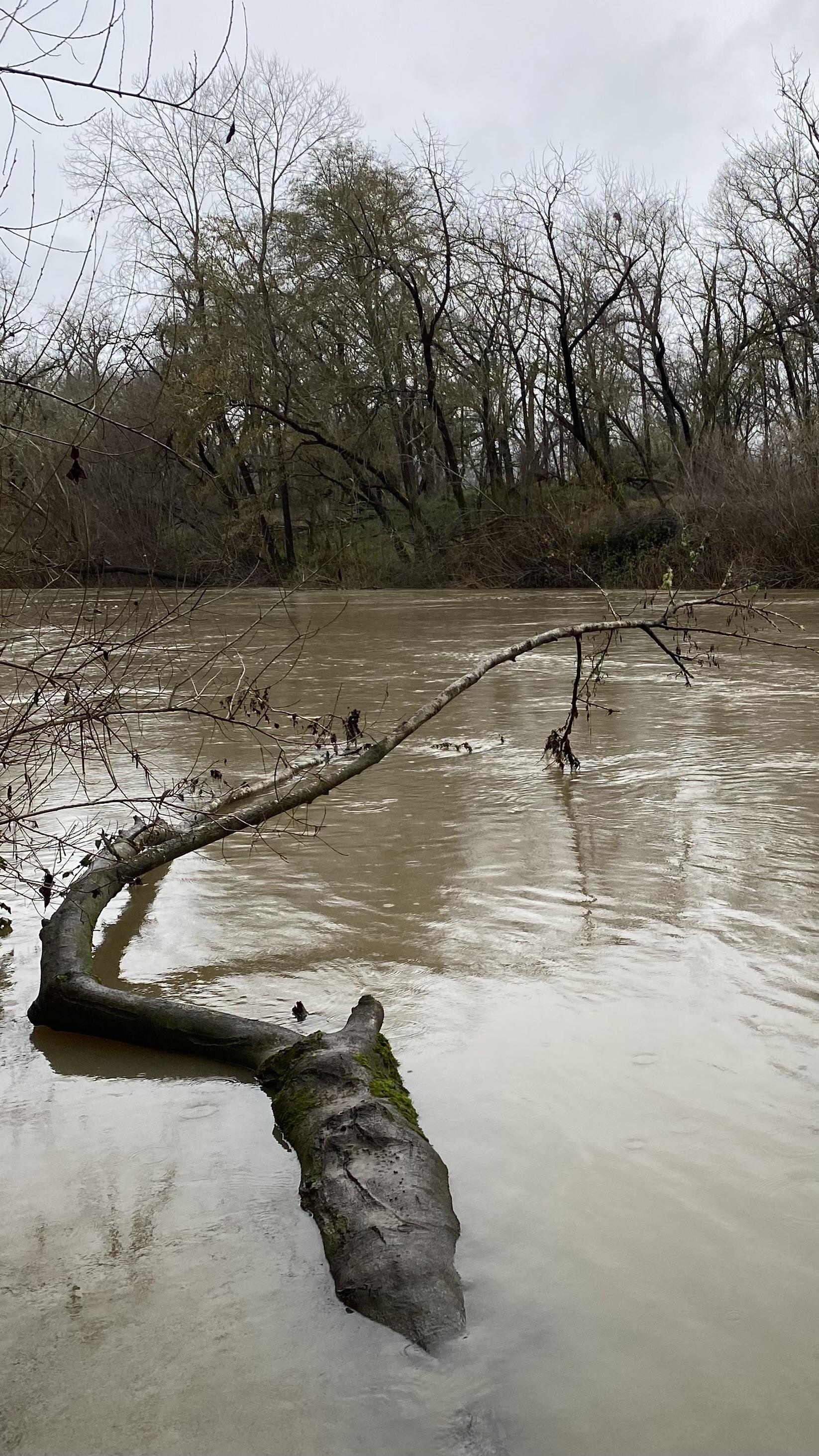
The real power of quietude is that it can speak so deeply to our hearts. Like in this moment on the Russian River, on a rainy winter’s day.
-
Ear to the Wild, S2-06: Red-winged Blackbirds at Ledson Marsh (Aired: Week of February 12, 2024)
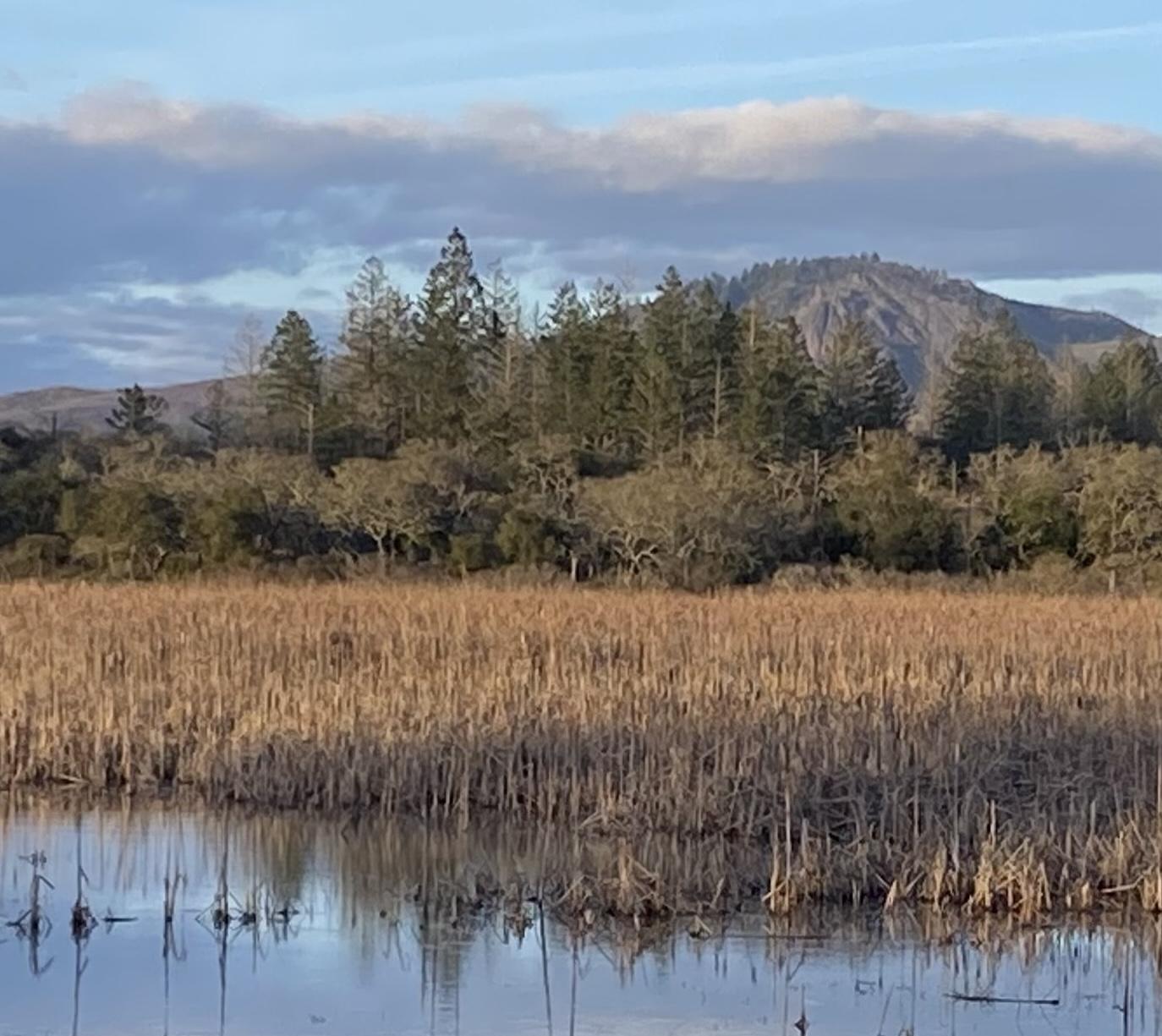

Red-winged Blackbirds have a strong and clear voice. Their songs and calls easily carry over water and across fields. The classic Red-winged Blackbird song sounds like they're singing "conk-la-ree, conk-la-ree."
-
Ear to the Wild: A Northern Mockingbird Singing His Heart Out
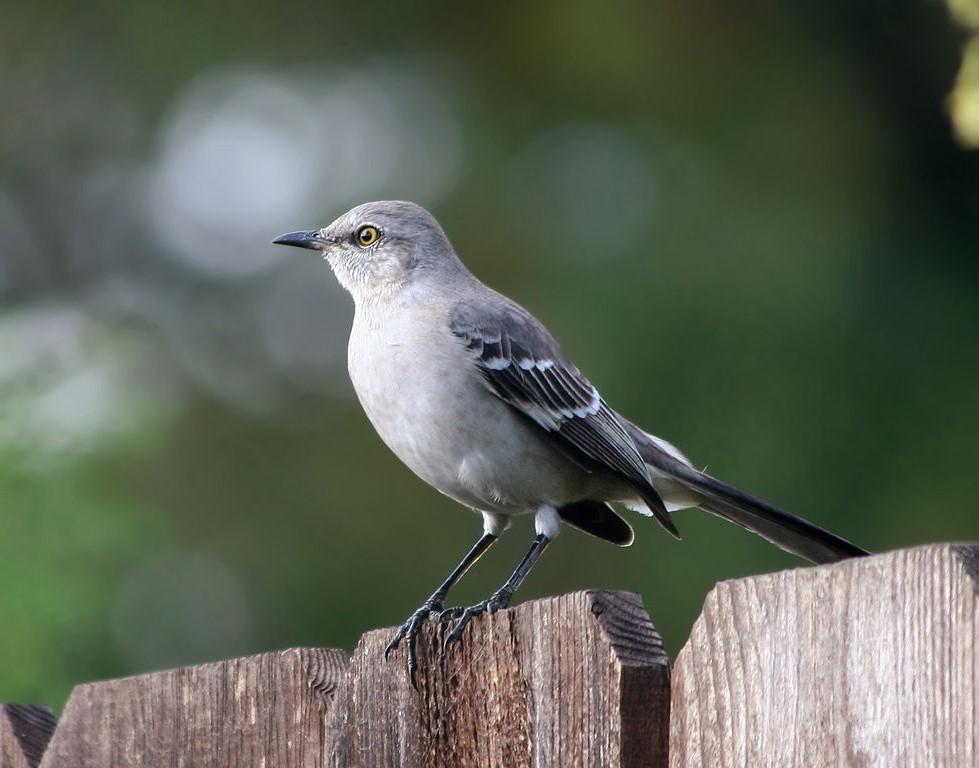
 The Northern Mockingbird is an impressive singer! This species gets its name from how they mimic the songs of other birds. The more sounds the male is able to include in his song, the more likely he is to attract a female.
The Northern Mockingbird is an impressive singer! This species gets its name from how they mimic the songs of other birds. The more sounds the male is able to include in his song, the more likely he is to attract a female. -
Ear to the Wild: Black-tailed Deer Alarm Sounds
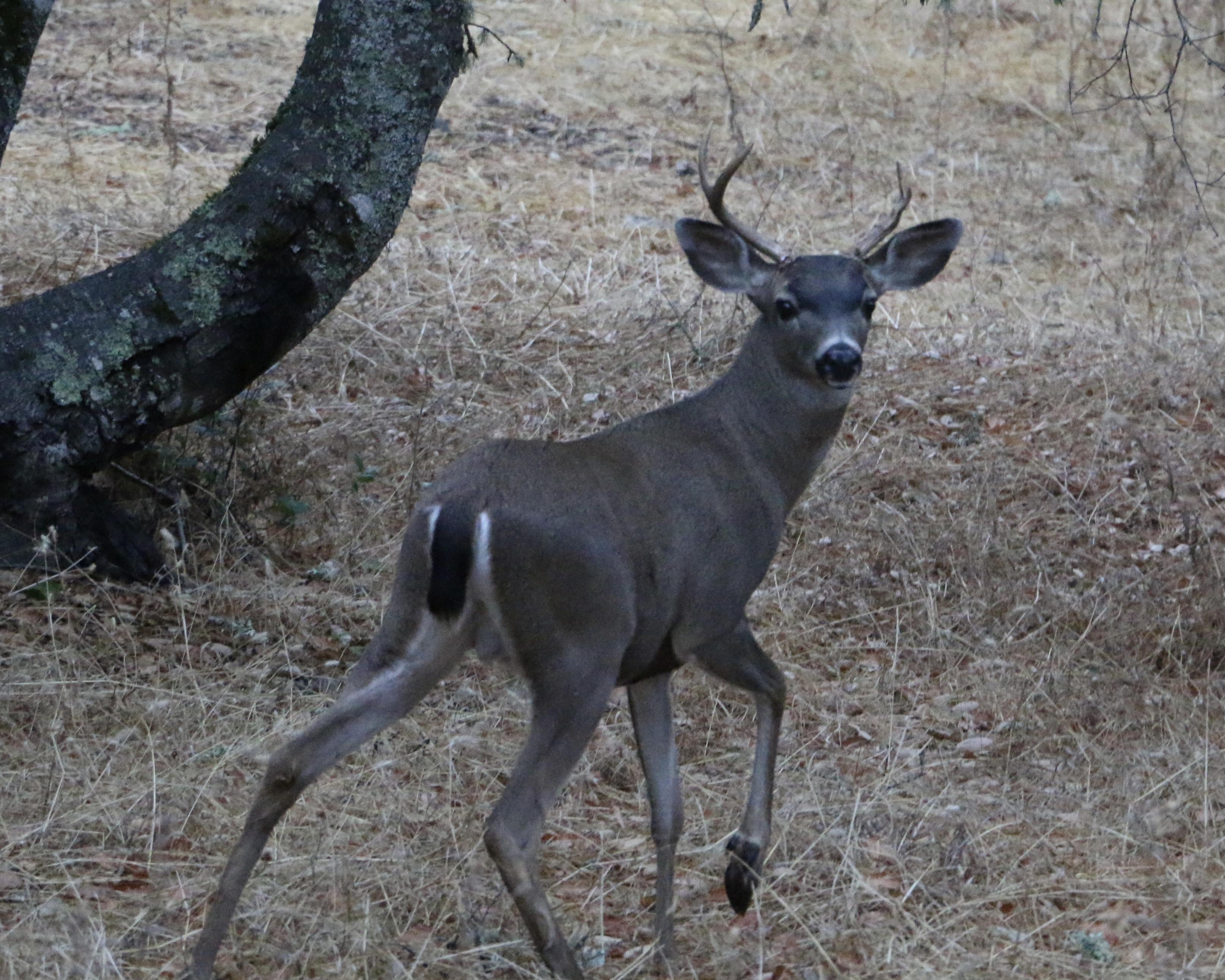

Deep down in their DNA Black-tailed Deer are wired to be on alert for predators. When a mountain lion or say, a bobcat is nearby, Black-tailed Deer will sound an alarm.
-
Ear to the Wild: Winter Solstice at London Lake
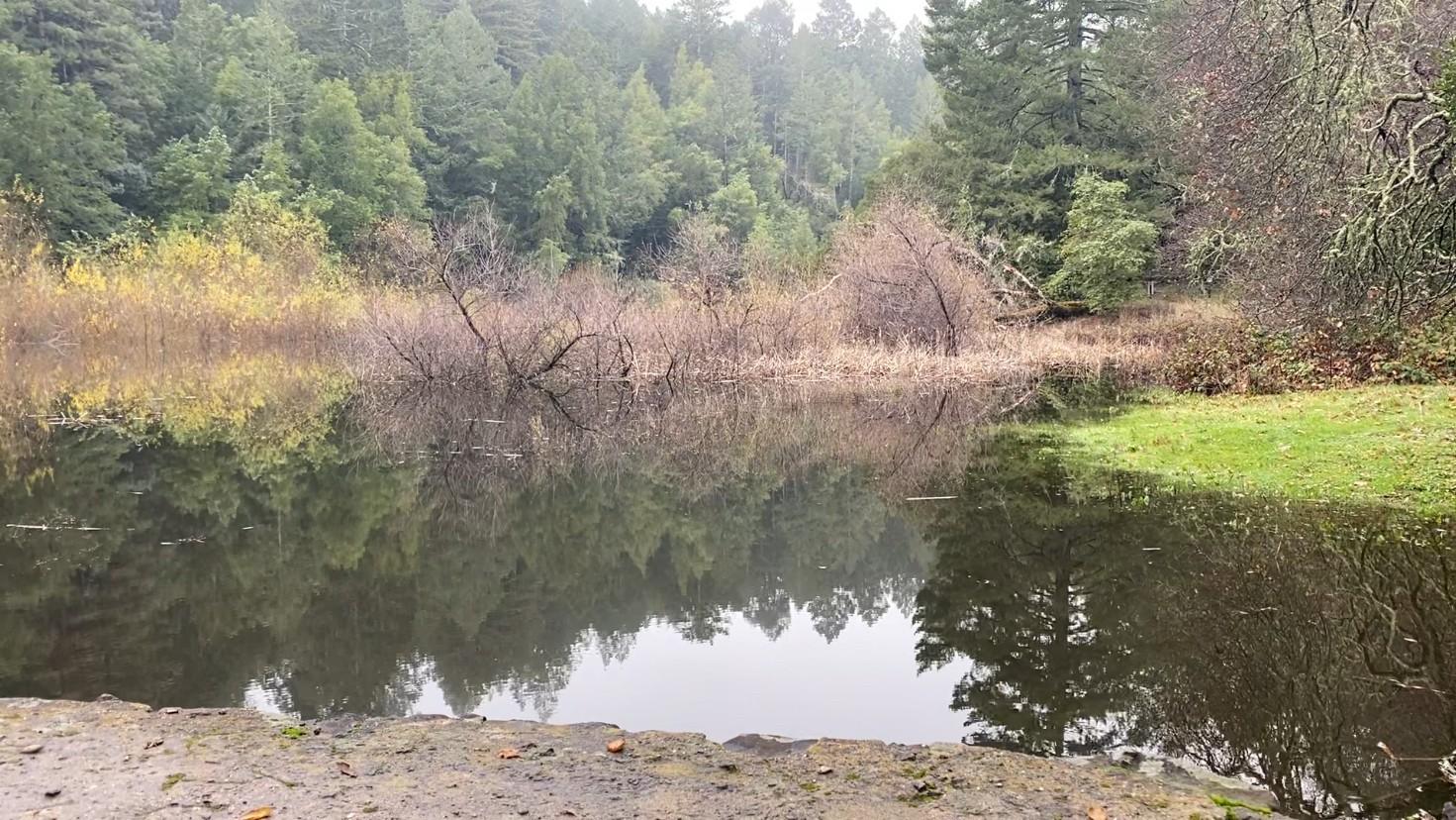
 I’m up here at Jack London’s old property, at the London Lake. I thought we’d lend an ear to the Winter soundscape here. The lake is nice and full. We’ve been getting a lot of rain, and it’s overcast.
I’m up here at Jack London’s old property, at the London Lake. I thought we’d lend an ear to the Winter soundscape here. The lake is nice and full. We’ve been getting a lot of rain, and it’s overcast.And it’s got that nice magical, misty quality. So, let’s give a listen to this solstice soundscape.
-
Ear to the Wild: A Bewick’s Wren at Bothe-Napa Valley State Park
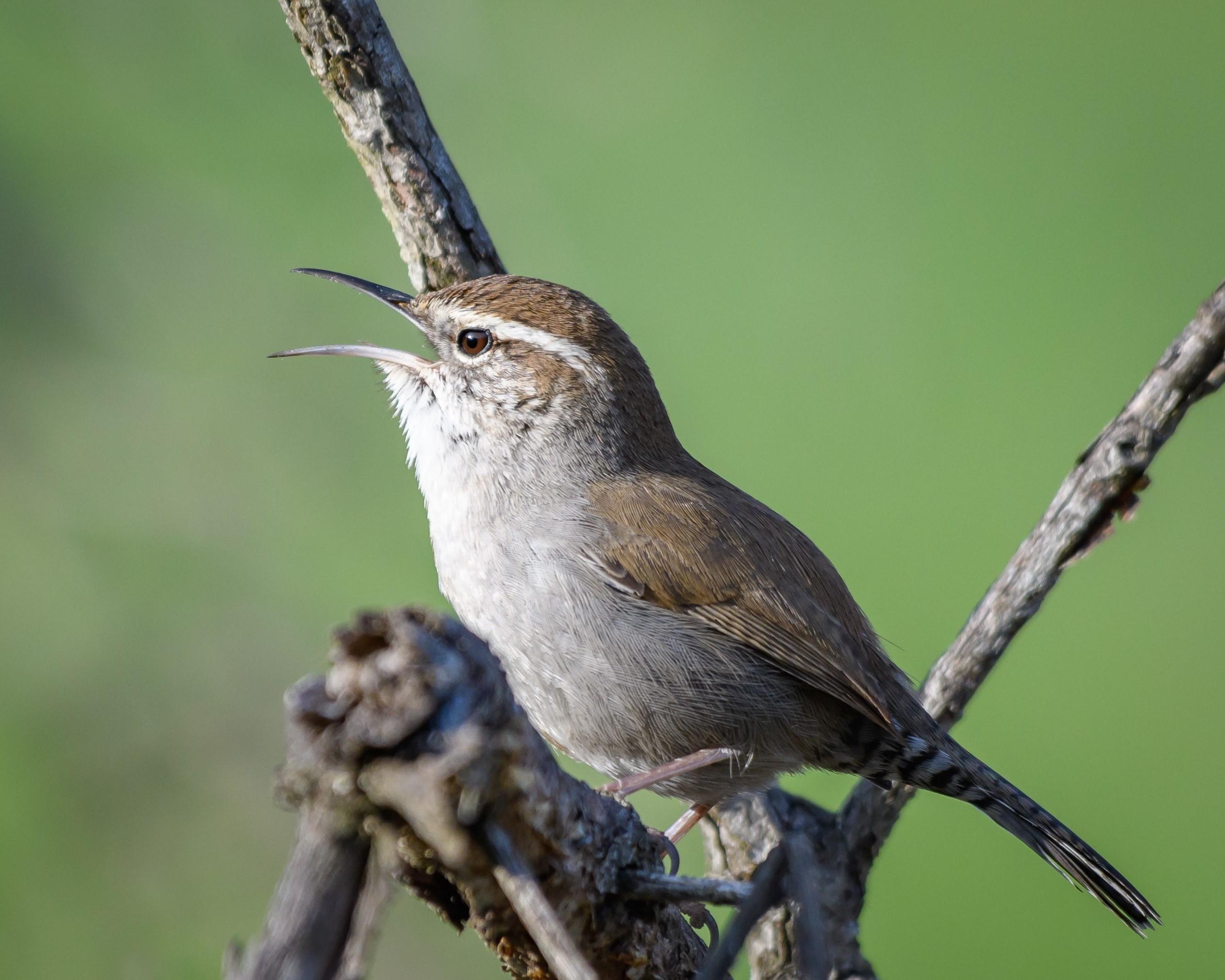
By the end of his second month the male Bewick's Wren has found his own unique Voice. This will be the song he sings for his entire life!
-
Ear to the Wild: A Juvenile Great-horned Owl
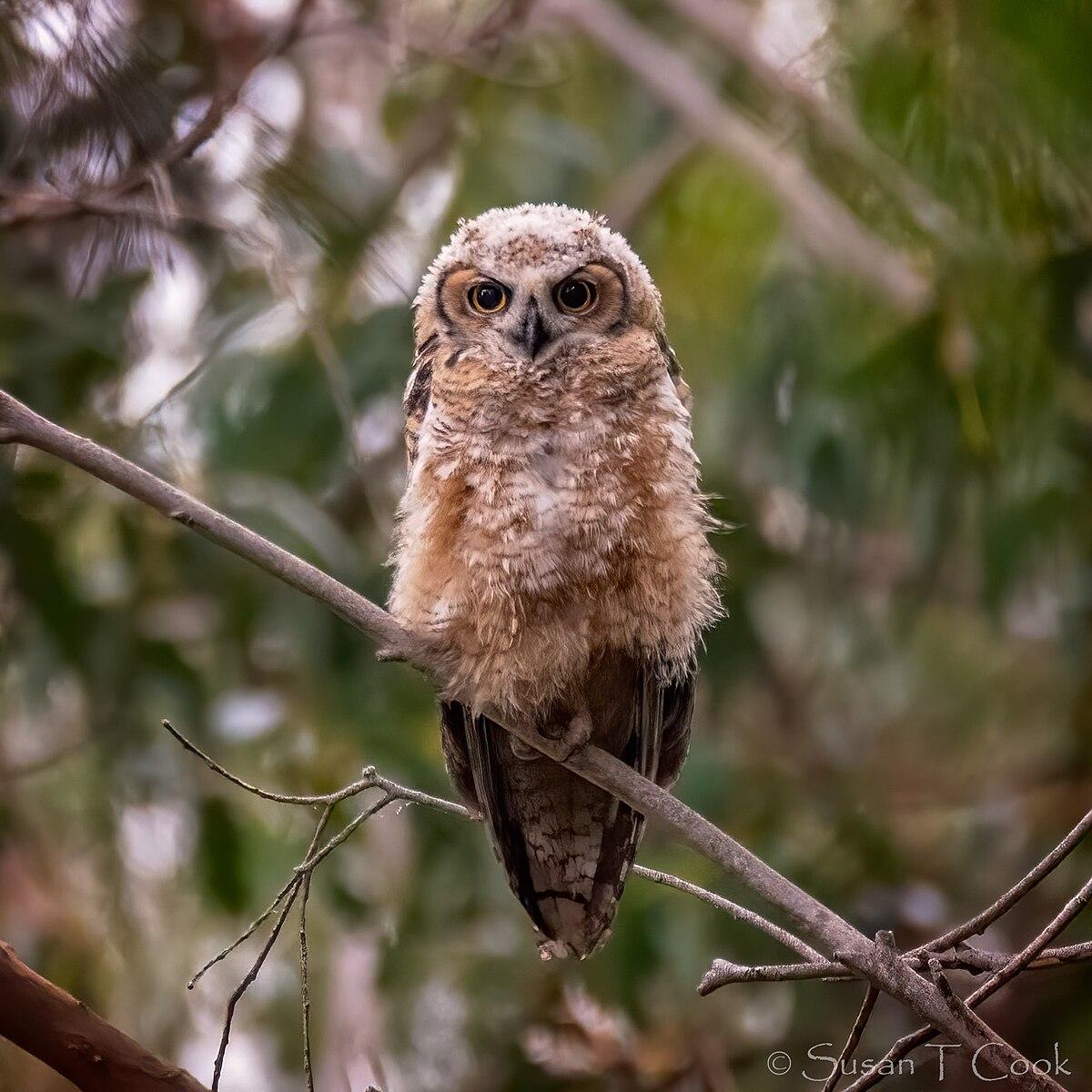 Juvenile Great-horned Owls beg for food from adults by making raspy sounding screeches. In the Fall they’re learning to hunt, but they still beg for food from the adults. In this recording their dialog ends with what sounds like the juvenile Great-horned Owl landing in a grassy field and catching something!
Juvenile Great-horned Owls beg for food from adults by making raspy sounding screeches. In the Fall they’re learning to hunt, but they still beg for food from the adults. In this recording their dialog ends with what sounds like the juvenile Great-horned Owl landing in a grassy field and catching something! -
Ear to the Wild: A Mourning Dove at Dusk
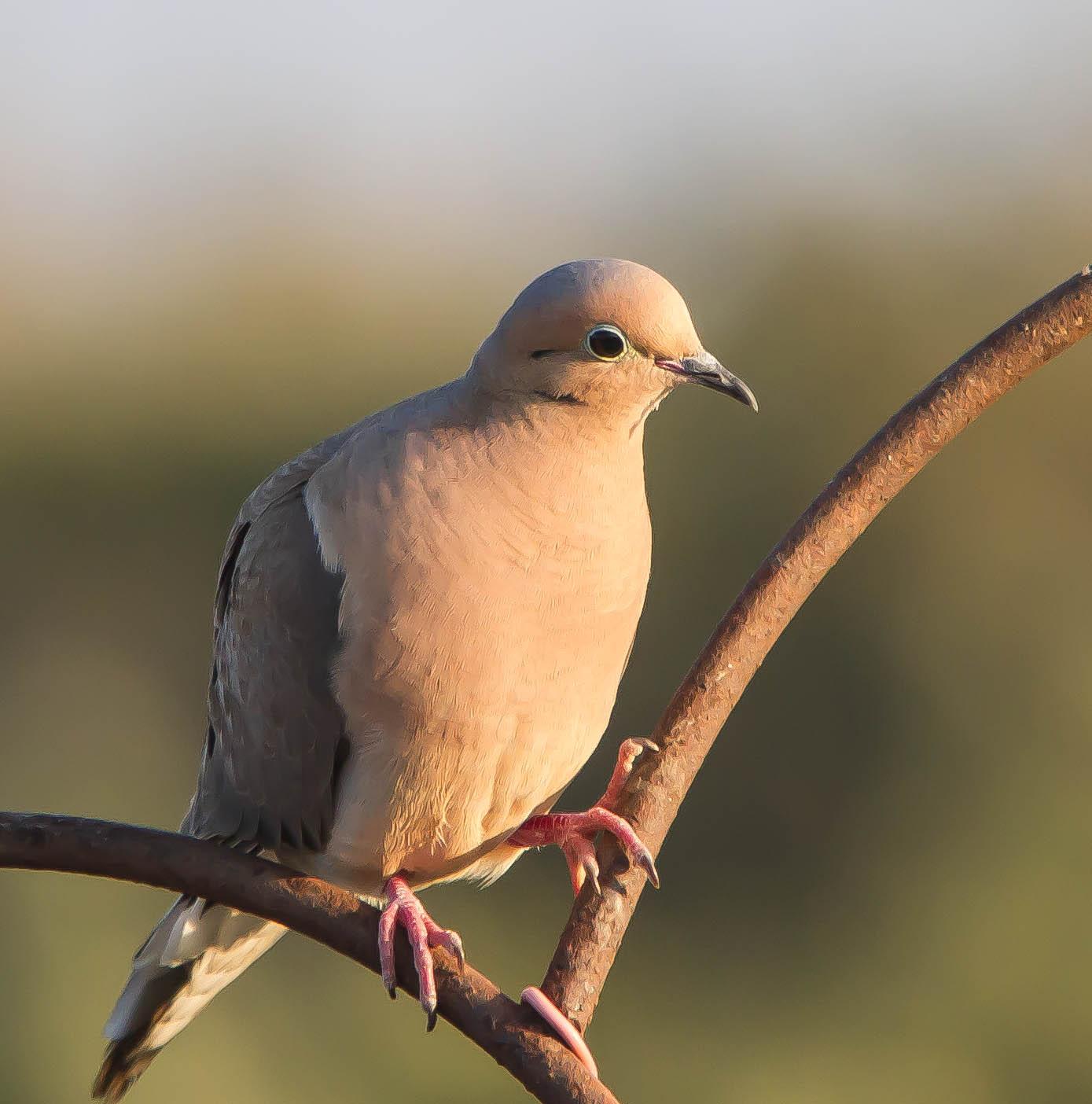

Mourning Doves get their name from the sound they make. People sometimes describe it as being sad, or mournful, so that's why naturalists have named them the Mourning Dove. Their gentle cooing always seems to add something special to the soundscape!
-
Ear to the Wild: Adult Female Elephant Seal Sounds
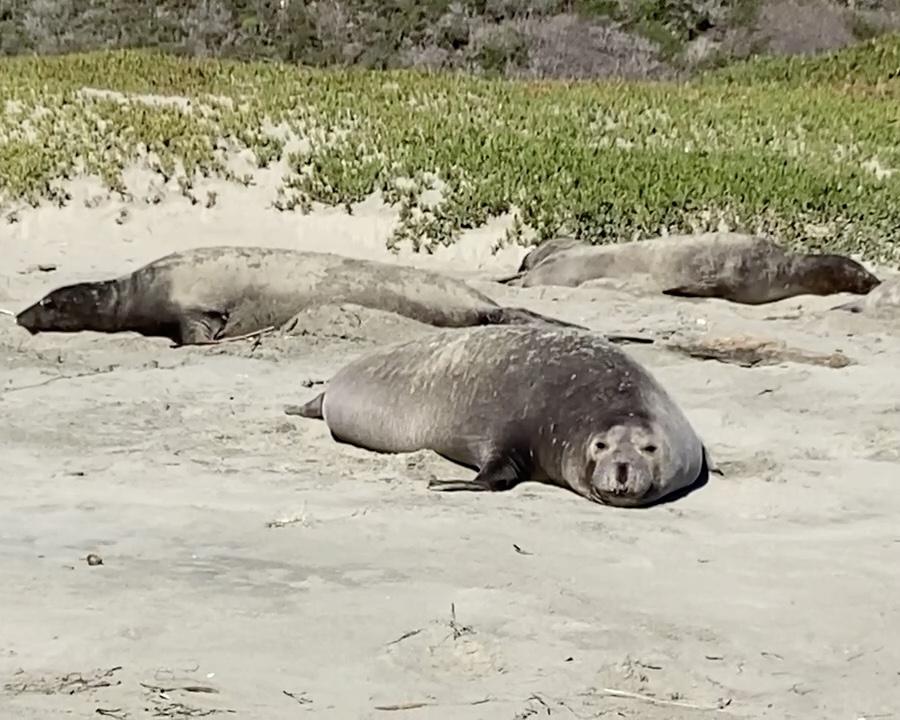
 Adult female elephant seals make a number of different sounds. Marine Ecologist Sarah Codde says, “So, you can hear that softer sound she makes is to her pup… And then you can hear that different sound when she’s angry… It’s much deeper and has that, kind of, aggressive sound.”
Adult female elephant seals make a number of different sounds. Marine Ecologist Sarah Codde says, “So, you can hear that softer sound she makes is to her pup… And then you can hear that different sound when she’s angry… It’s much deeper and has that, kind of, aggressive sound.”Ear to the Wild: American Bullfrogs in Sonoma County
American Bullfrogs were brought to California from the eastern states because the native Red-legged frog had become so scarce. A hundred and twenty-five years later, the American Bullfrog has become a dominant voice in many California soundscapes. It’s a reminder that our actions can have a profound impact on entire ecosystems.
(Photo credit: Jack Hines)
Ear to the Wild: An American Bittern in the Mix
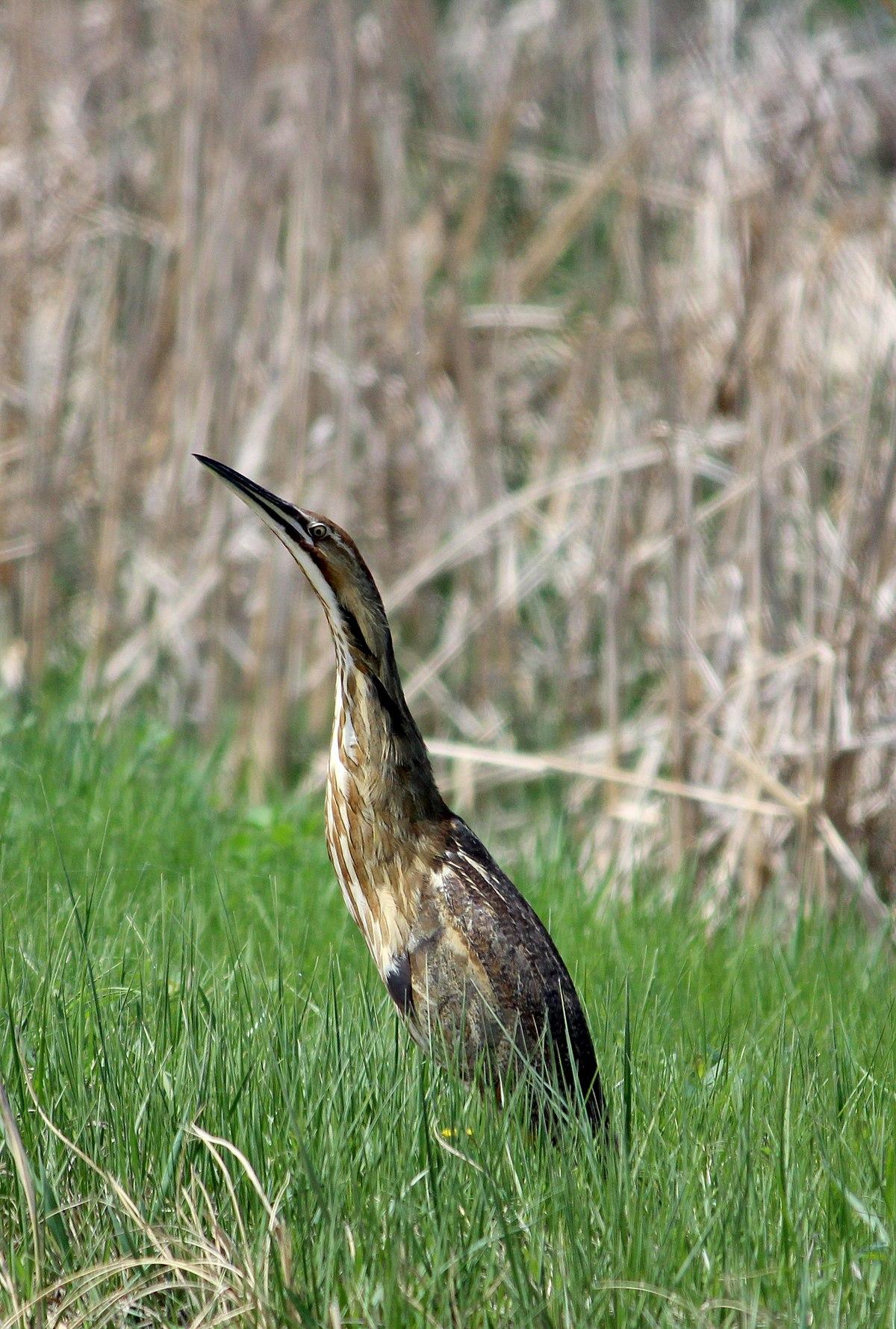
 If you listen closely to this soundscape you’ll hear a low sound that sounds a little like “ker-plunk, ker-plunk...” That’s a species of bird called the American Bittern.
If you listen closely to this soundscape you’ll hear a low sound that sounds a little like “ker-plunk, ker-plunk...” That’s a species of bird called the American Bittern.Ear to the Wild: An Orchestra of Crickets
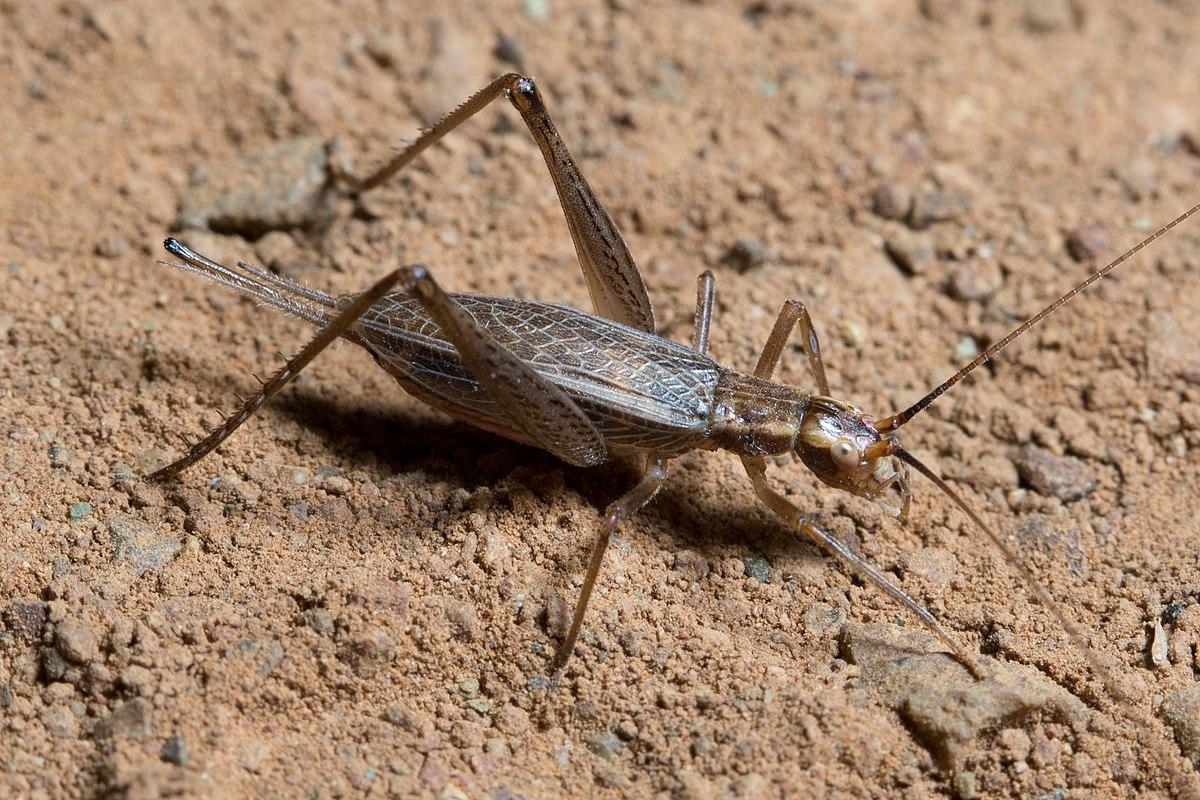
 The sound of crickets all singing together is sometimes referred to as an orchestra. Late summer and fall is the time when the cricket Orchestras here in Sonoma County start to tune up and fill the night with their music!
The sound of crickets all singing together is sometimes referred to as an orchestra. Late summer and fall is the time when the cricket Orchestras here in Sonoma County start to tune up and fill the night with their music!Ear to the Wild: Ash-throated Flycatcher
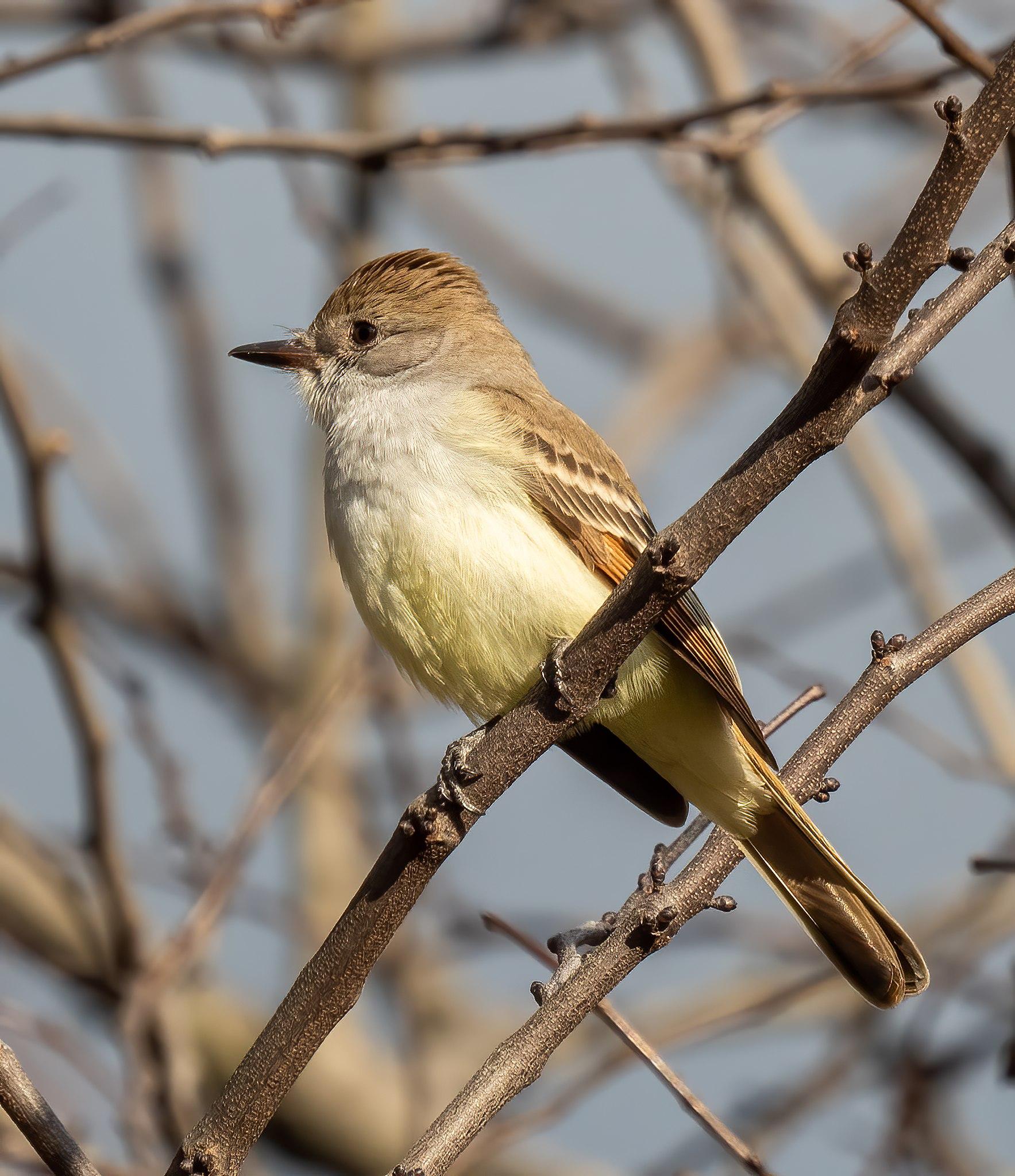

Every spring and summer the Ash-throated Flycatcher’s distinctive voice contributes to soundscapes across the West, from Texas to California. But by the end of August they take their music back to Mexico, and as far south as Central America.
Ear to the Wild: Black-bellied Plovers in Late September
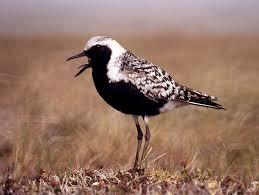
 There’s a sound that echoes along the banks of the Petaluma River, near Shollenberger Park. It usually starts in late September. This is when Black-bellied Plovers return from their breeding grounds, as far north as the arctic. They call as they fly along the river’s edge. Their voices floating across the water to tell us that fall has arrived again.
There’s a sound that echoes along the banks of the Petaluma River, near Shollenberger Park. It usually starts in late September. This is when Black-bellied Plovers return from their breeding grounds, as far north as the arctic. They call as they fly along the river’s edge. Their voices floating across the water to tell us that fall has arrived again. Ear to the Wild: Downy Woodpeckers and Chicks
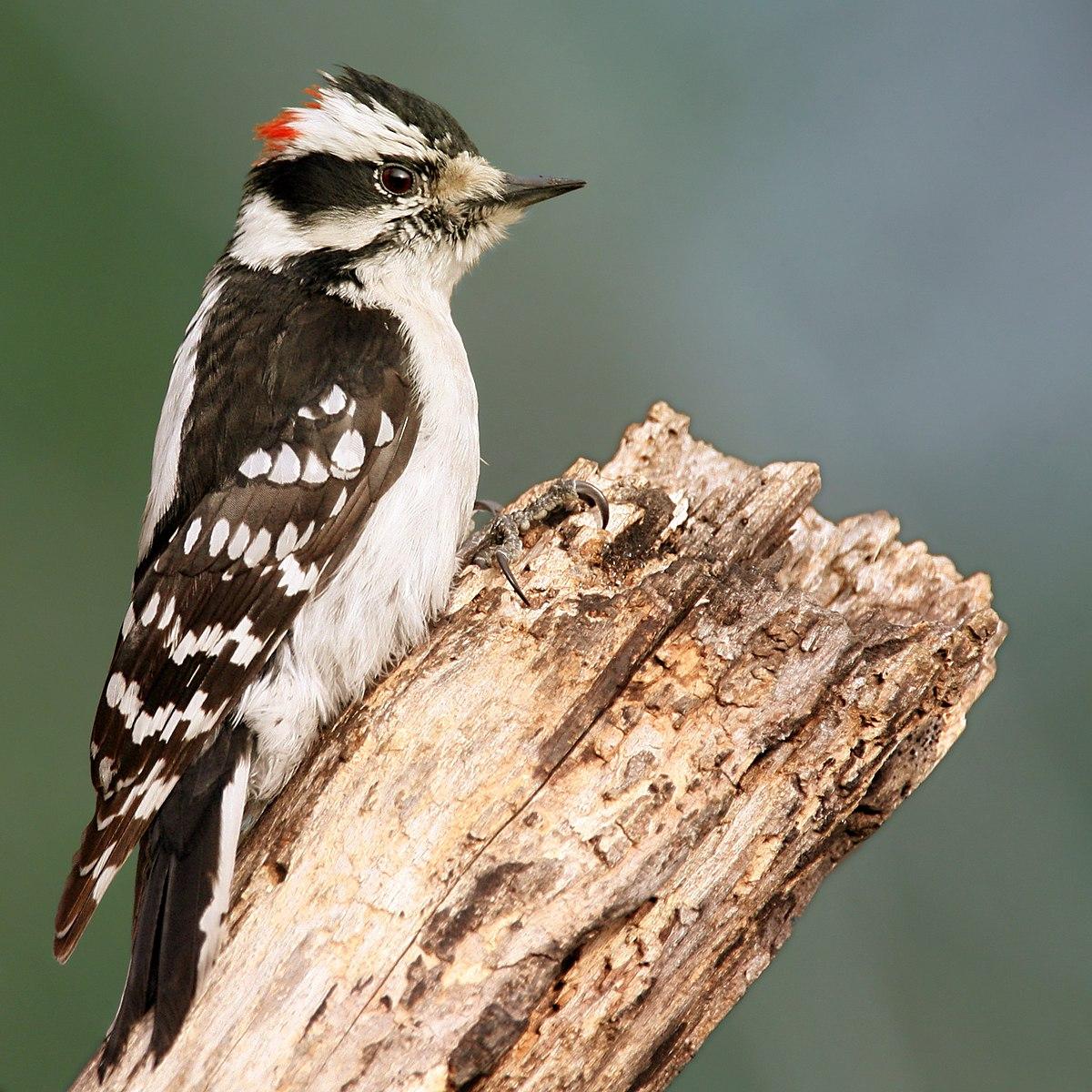
 We’re back at the headwaters of Sonoma Creek, in Sugarloaf Ridge State Park listening to Downy Woodpecker chicks. We were last here in winter, and now it’s spring.
We’re back at the headwaters of Sonoma Creek, in Sugarloaf Ridge State Park listening to Downy Woodpecker chicks. We were last here in winter, and now it’s spring. Ear to the Wild: Elephant Seal Pups at Drakes Beach
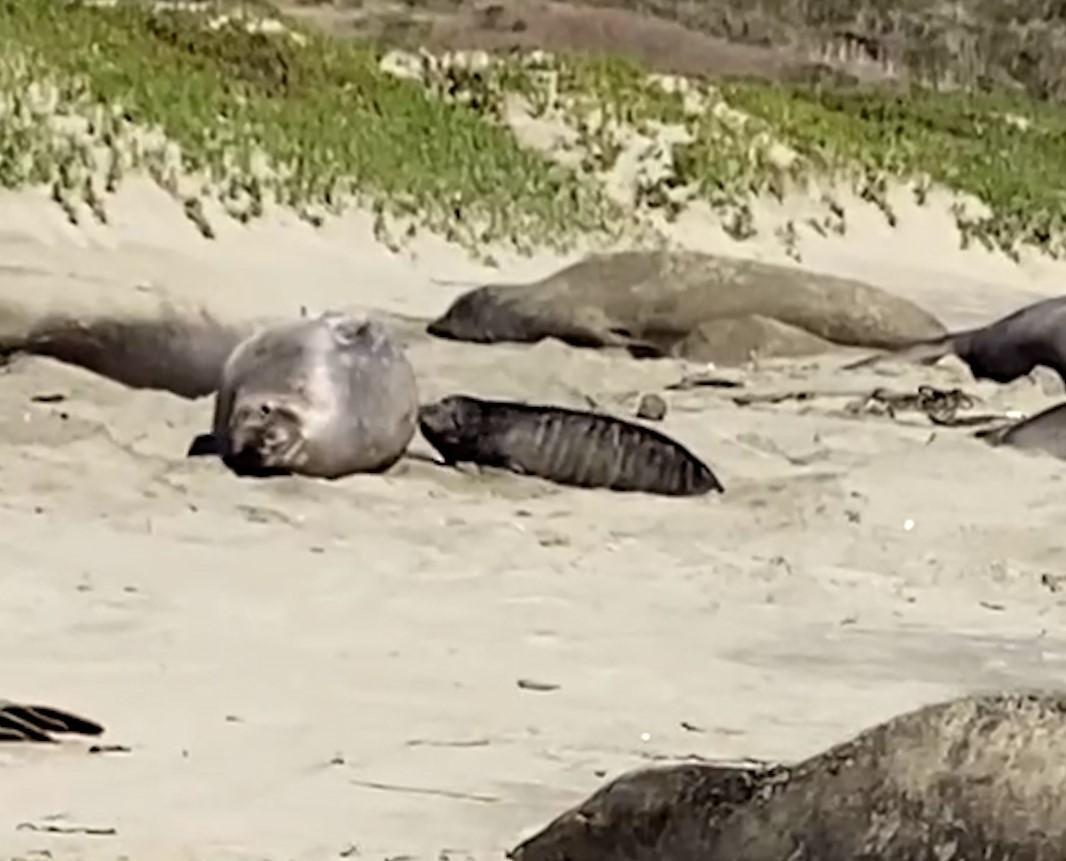
 In winter Elephant seals gather on Drake’s Beach, at Point Reyes National Seashore. Females give birth to pups and nurse them during this time. Elephant seal monitoring activities at Point Reyes National Seashore are authorized under National Marine Fisheries Service Permit Number 27424.
In winter Elephant seals gather on Drake’s Beach, at Point Reyes National Seashore. Females give birth to pups and nurse them during this time. Elephant seal monitoring activities at Point Reyes National Seashore are authorized under National Marine Fisheries Service Permit Number 27424.Ear to the Wild: Gray Foxes on a Moonlit Night
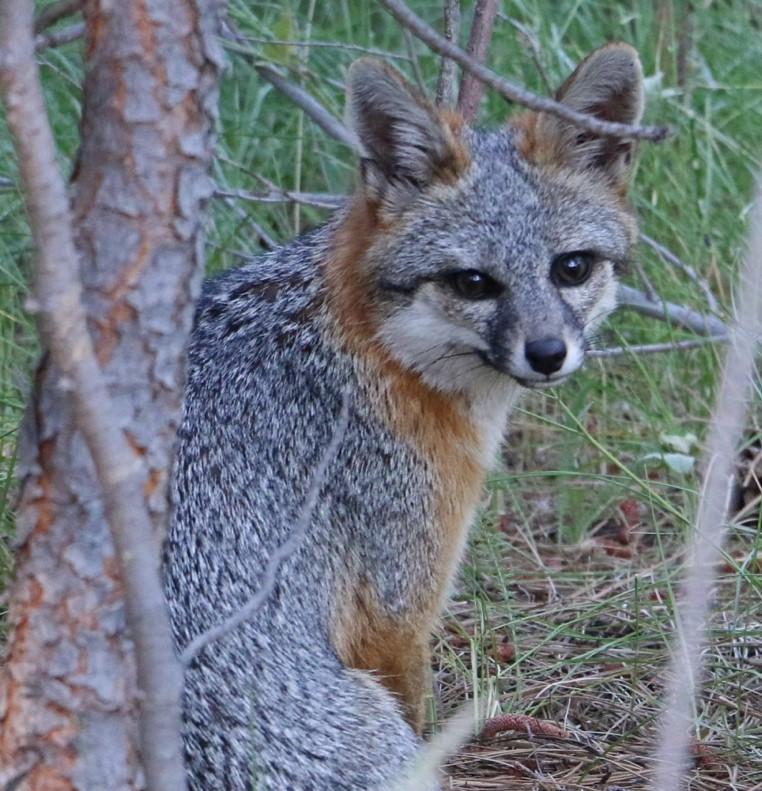
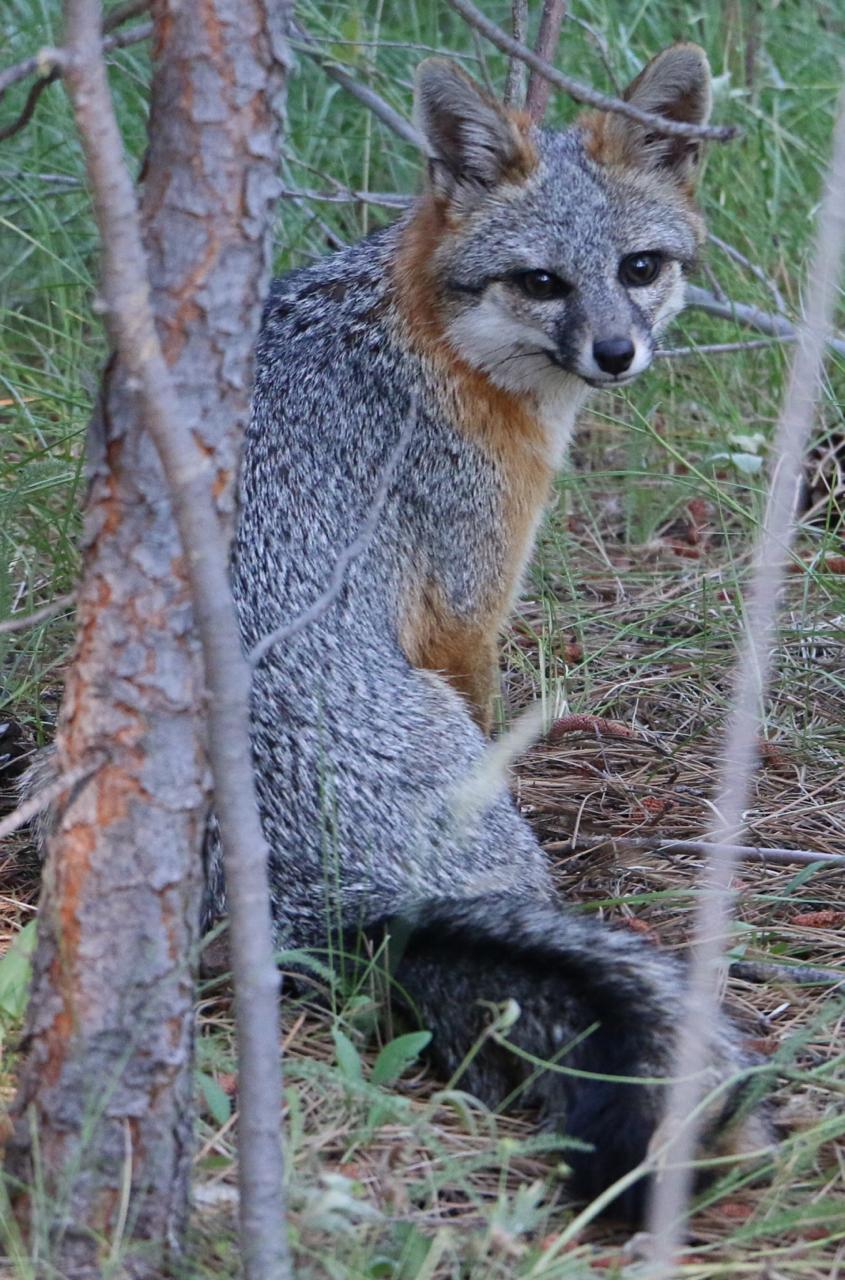 As the moon rises a Gray Fox barks. Her voice reverberates across a small field of Coyote Brush and grass. Another Gray Fox responds in the distance. Their voices carry over the chorus of crickets. Owls sing as the night settles in. The two Gray Foxes call to one another from the shadows, and listen…
As the moon rises a Gray Fox barks. Her voice reverberates across a small field of Coyote Brush and grass. Another Gray Fox responds in the distance. Their voices carry over the chorus of crickets. Owls sing as the night settles in. The two Gray Foxes call to one another from the shadows, and listen…Ear to the Wild: Marsh Wrens at Kennedy Park in Napa
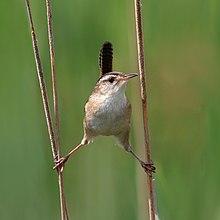
 Marsh Wrens are about the size of a sparrow. They’re a rusty-brown color, with black and white markings that resemble eyebrows. These were recorded at Kennedy Park, in Napa. Listen carefully and you’ll hear a quick couple of “chuck” sounds, followed by the Marsh Wren’s “rapid fire” song.
Marsh Wrens are about the size of a sparrow. They’re a rusty-brown color, with black and white markings that resemble eyebrows. These were recorded at Kennedy Park, in Napa. Listen carefully and you’ll hear a quick couple of “chuck” sounds, followed by the Marsh Wren’s “rapid fire” song.Ear to the Wild: Musical Geophony at Sugarloaf
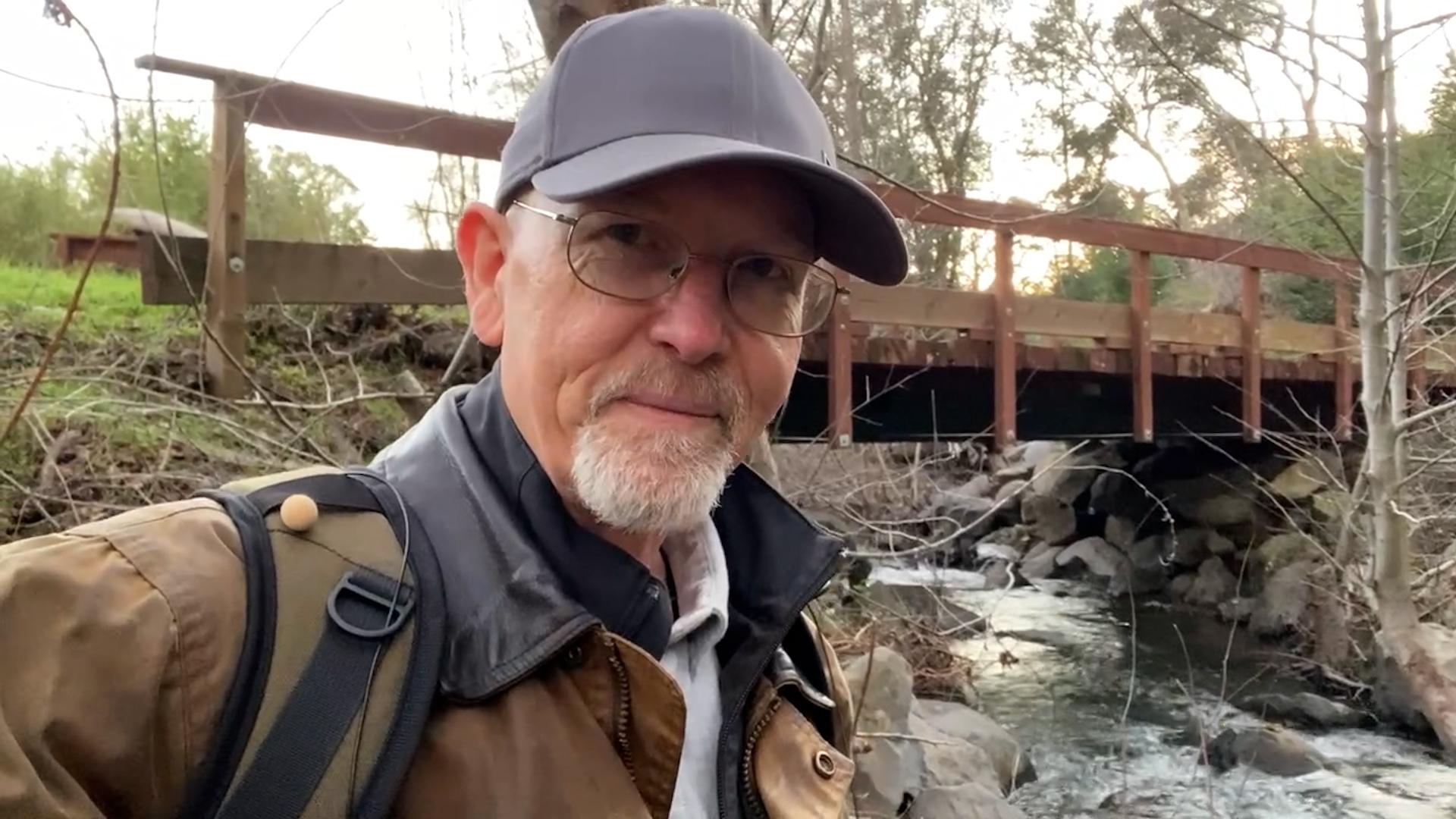 In soundscape ecology we think of three different categories of sound. One of those, and really the first, is geophony. It can be quite musical, and here’s a good example of it. The creek’s flowing quite well, and there’s this great low frequency plunging sound of the water. So, let’s just give a listen to the musicality of this geophony!
In soundscape ecology we think of three different categories of sound. One of those, and really the first, is geophony. It can be quite musical, and here’s a good example of it. The creek’s flowing quite well, and there’s this great low frequency plunging sound of the water. So, let’s just give a listen to the musicality of this geophony!Ear to the Wild: Mute Swans Taking Flight
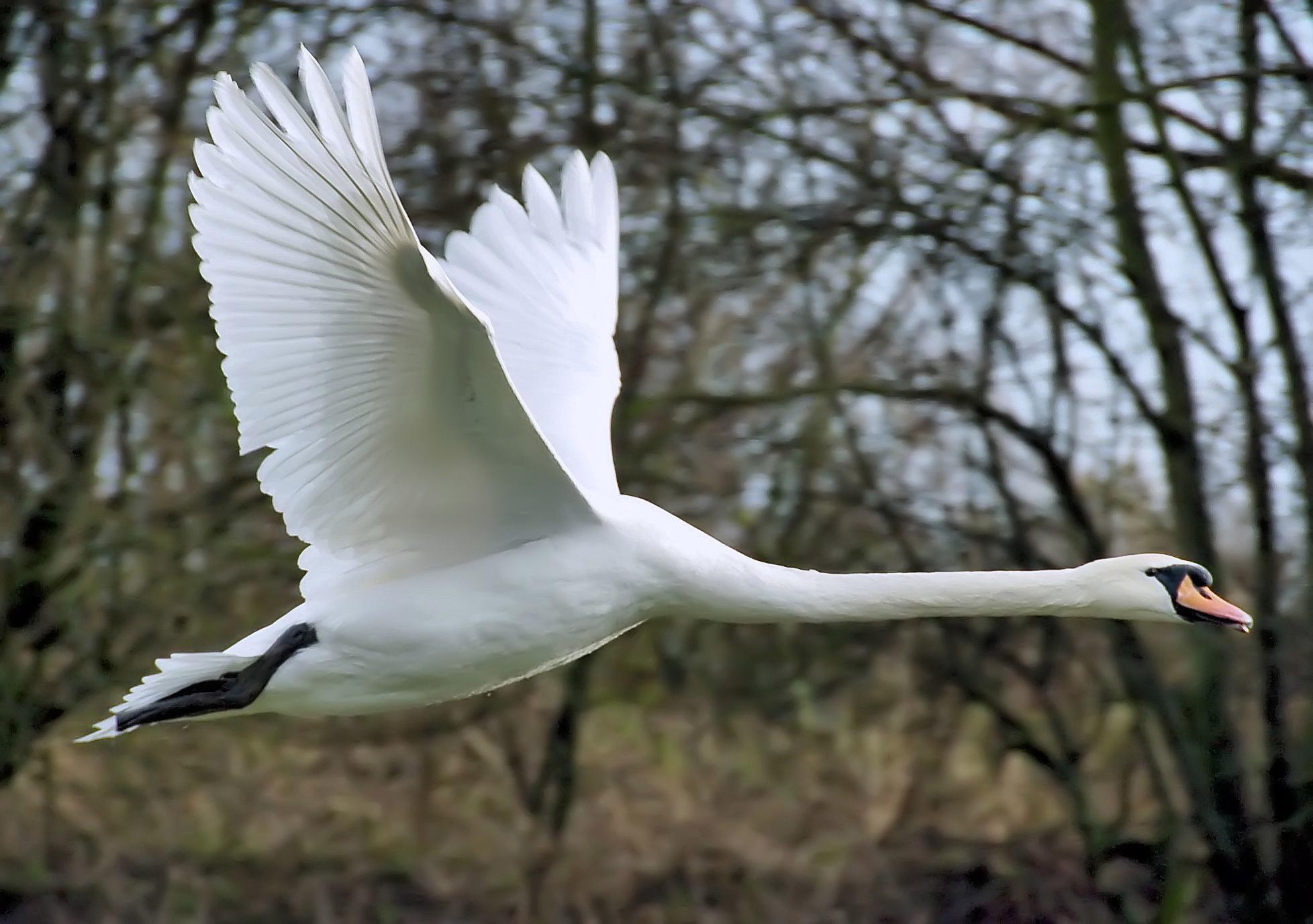
 Mute Swans are the ones you see in so many fairy tales. People started bringing them to North America from Europe around the late 1800s. They can severely impact native ecosystems, eating up to 8 pounds of underwater plants a day! This leaves less for native waterfowl. Mute Swans flap their wings and run across the water as they take flight.
Mute Swans are the ones you see in so many fairy tales. People started bringing them to North America from Europe around the late 1800s. They can severely impact native ecosystems, eating up to 8 pounds of underwater plants a day! This leaves less for native waterfowl. Mute Swans flap their wings and run across the water as they take flight. Ear to the Wild: Springtime at London Lake
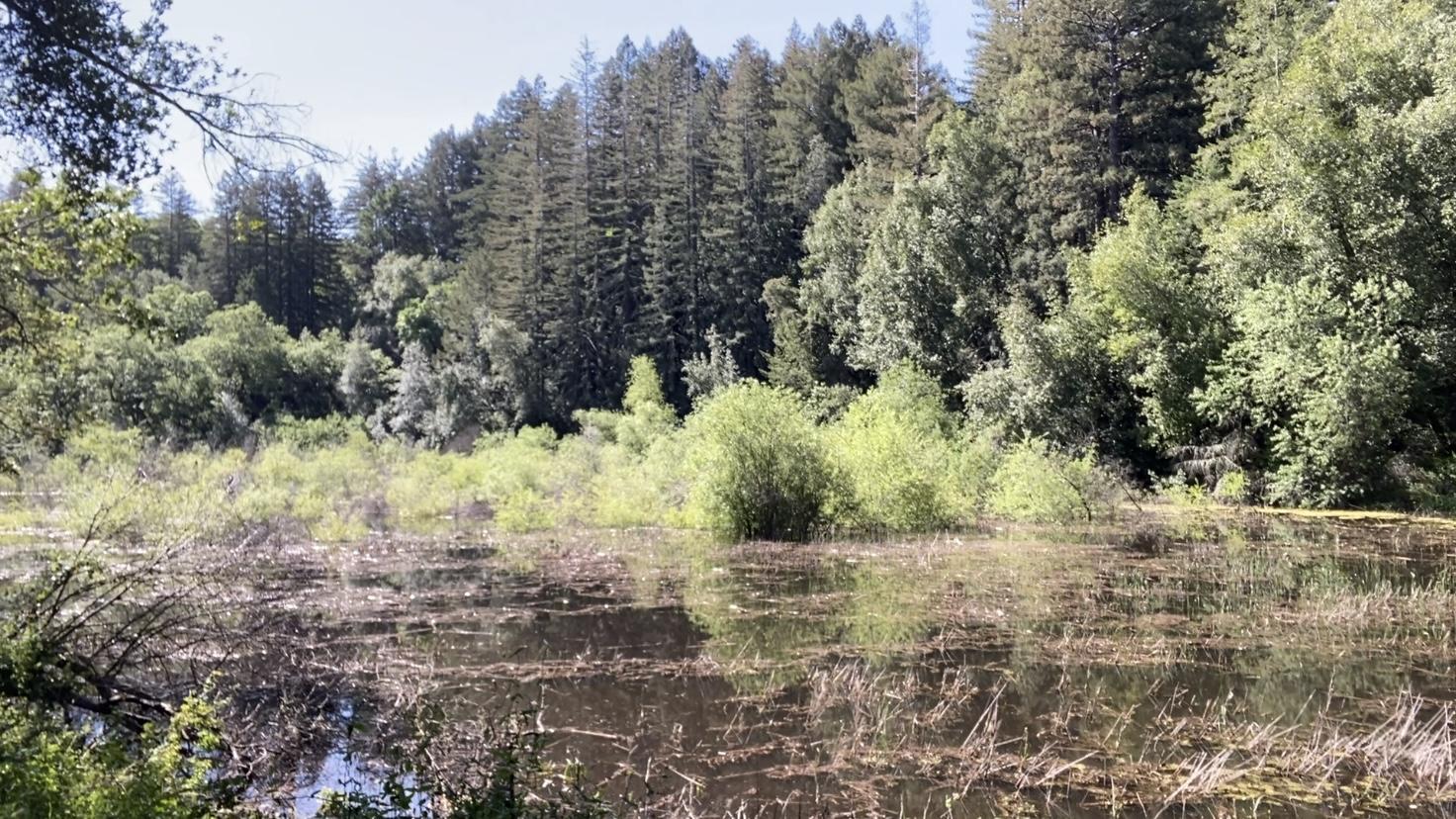

Springtime at London Lake, in Jack London State Historic Park, is alive with the sound of many species of birds and insects.
Ear to the Wild: Swainson’s Thrushes on the Russian River Estuary
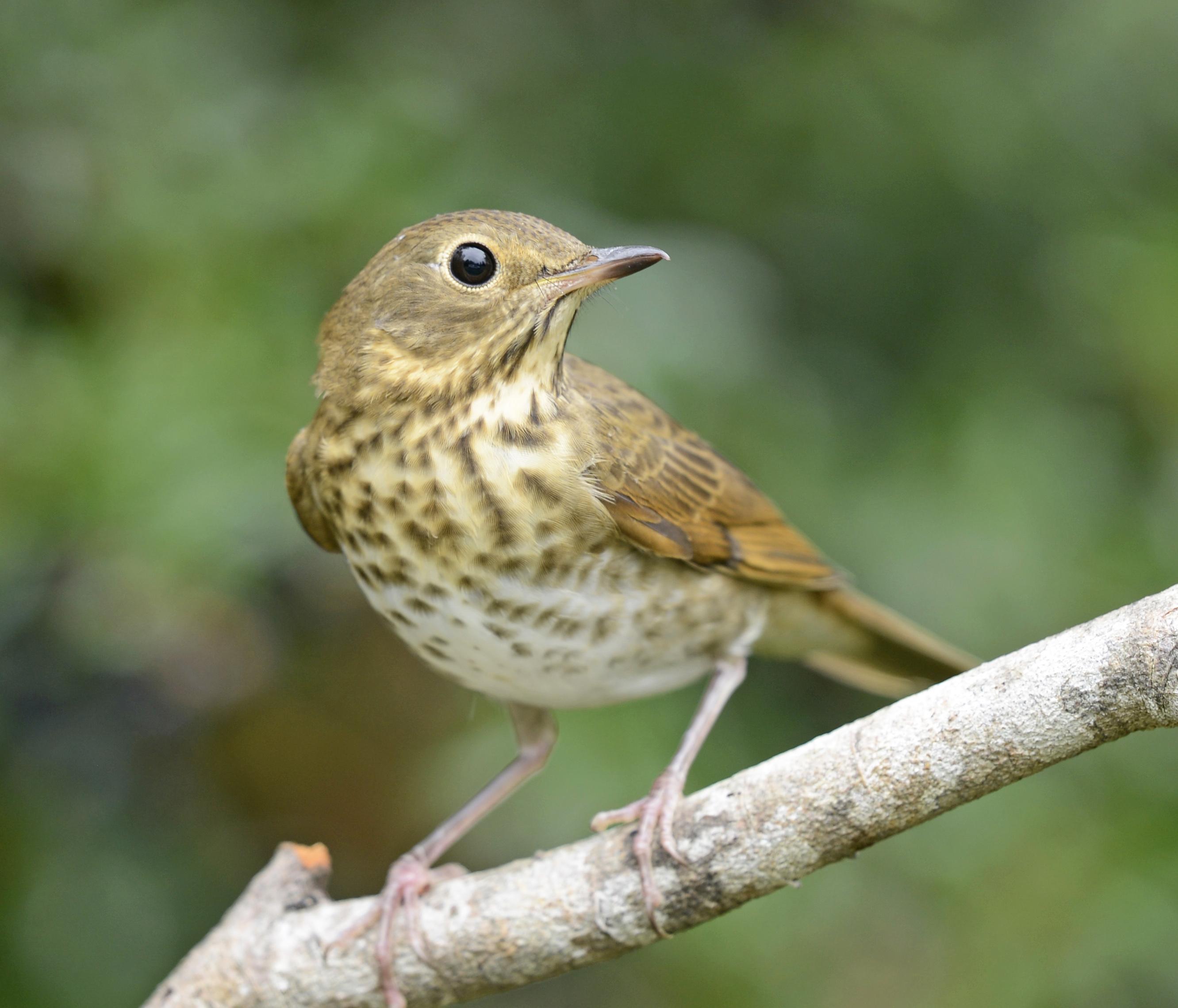
 The Swainson’s Thrush is one of those birds that you’re more likely to hear than see. If you paddle along the south bank of the Russian River Estuary, near Jenner… you might just hear the beautiful music of our russet-backed Swainson’s Thrush!
The Swainson’s Thrush is one of those birds that you’re more likely to hear than see. If you paddle along the south bank of the Russian River Estuary, near Jenner… you might just hear the beautiful music of our russet-backed Swainson’s Thrush!Ear to the Wild: The Belted Kingfisher - Gustav’s “Mechanical Bird"
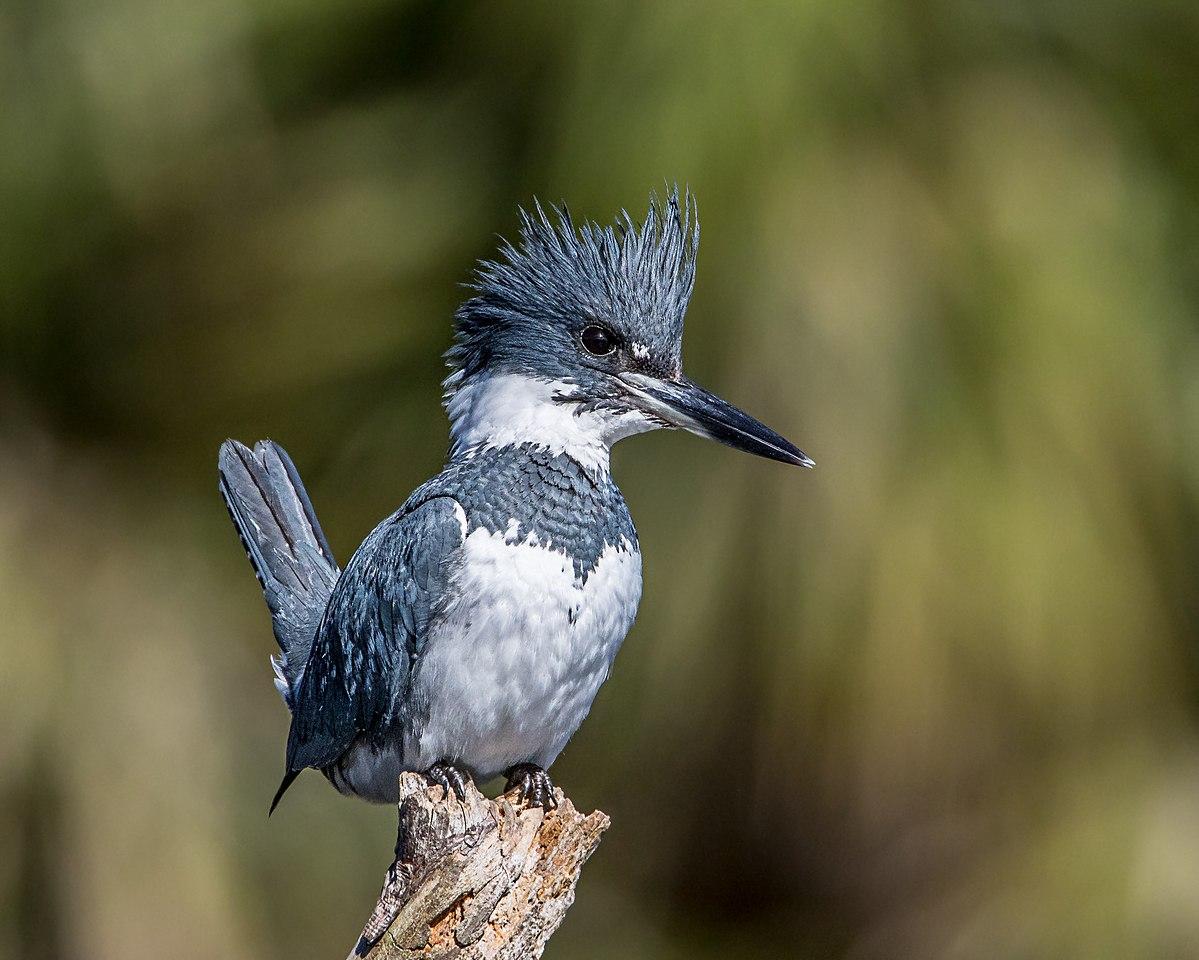 In memory of Gustav Hobel.
In memory of Gustav Hobel.My friend Gustav and I used to live next door to one another on Sonoma Creek. The Belted Kingfishers would fly by, calling, with that ratchety kind of sound that they have in their voice. That’s why he’d call them the “mechanical bird.”
Ear to the Wild: The Mysterious Song of the Varied Thrush
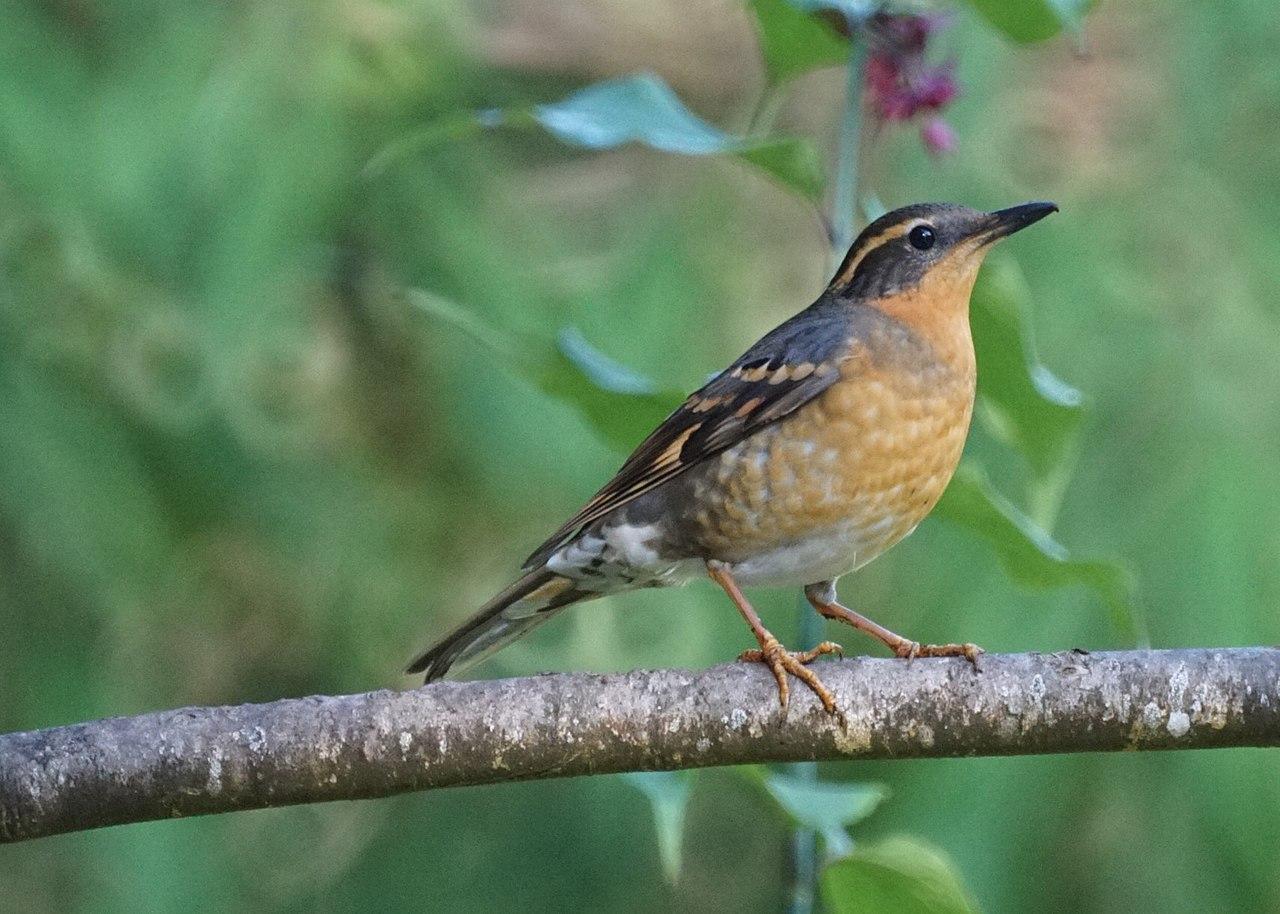

The Varied Thrush's song has been described as haunting, ethereal, and mysterious. Listen, and you might just hear the spirit of the old growth forests they call home, reverberating in the song of the Varied Thrush!
Ear to the Wild: The Pacific Slope Flycatcher
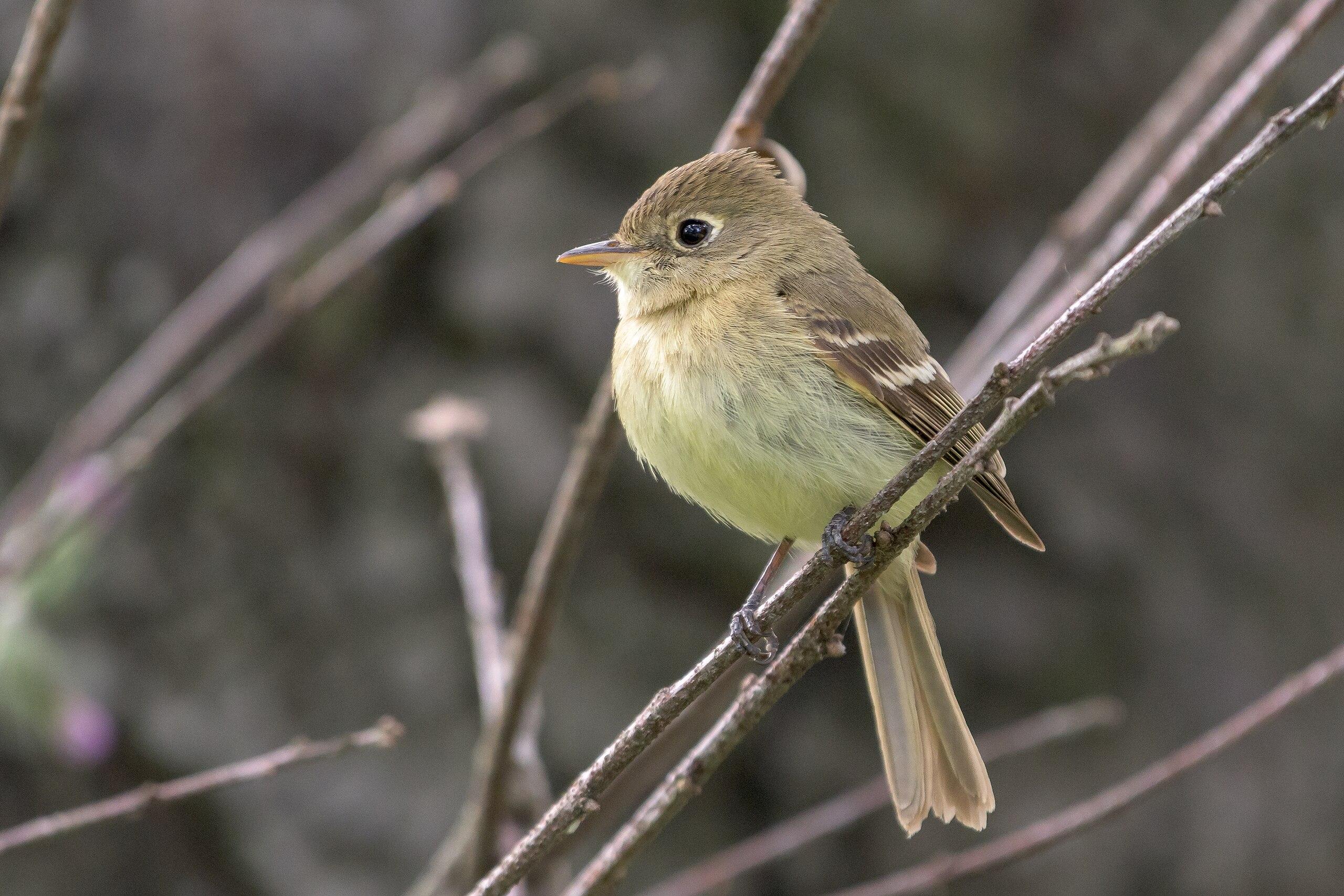 One bird you’ll hear around parts of Sonoma County in the summer is the Pacific-slope Flycatcher. Once you learn their song it’s easy to recognize. So, next time you’re relaxing in the shade by a creek and sipping lemonade on a hot summer’s day in Sonoma County, keep an ear out for the Pacific-slope Flycatcher!
One bird you’ll hear around parts of Sonoma County in the summer is the Pacific-slope Flycatcher. Once you learn their song it’s easy to recognize. So, next time you’re relaxing in the shade by a creek and sipping lemonade on a hot summer’s day in Sonoma County, keep an ear out for the Pacific-slope Flycatcher!Ear to the Wild: The Red-breasted Nuthatch in Sonoma County
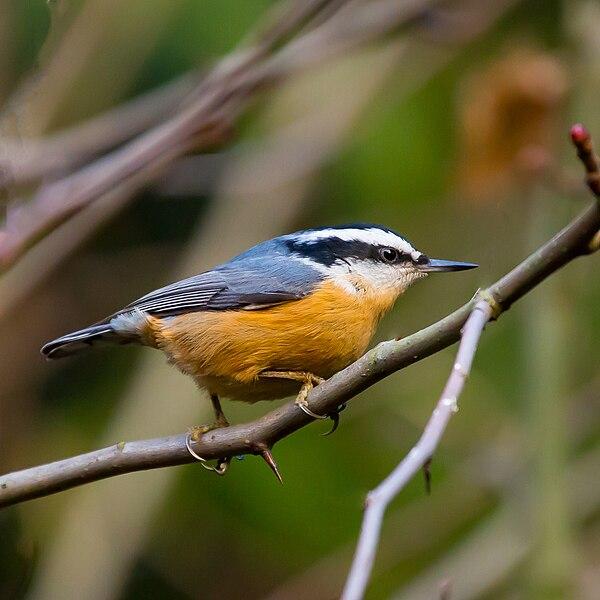

Red-breasted Nuthatches can be found in parts of Sonoma County. You can sometimes hear them in Annadel State Park. The next time you visit your favorite stand of conifer trees, keep an ear out for the Red-breasted Nuthatch!
Ear to the Wild: The Rushing Waters of Calabazas Creek
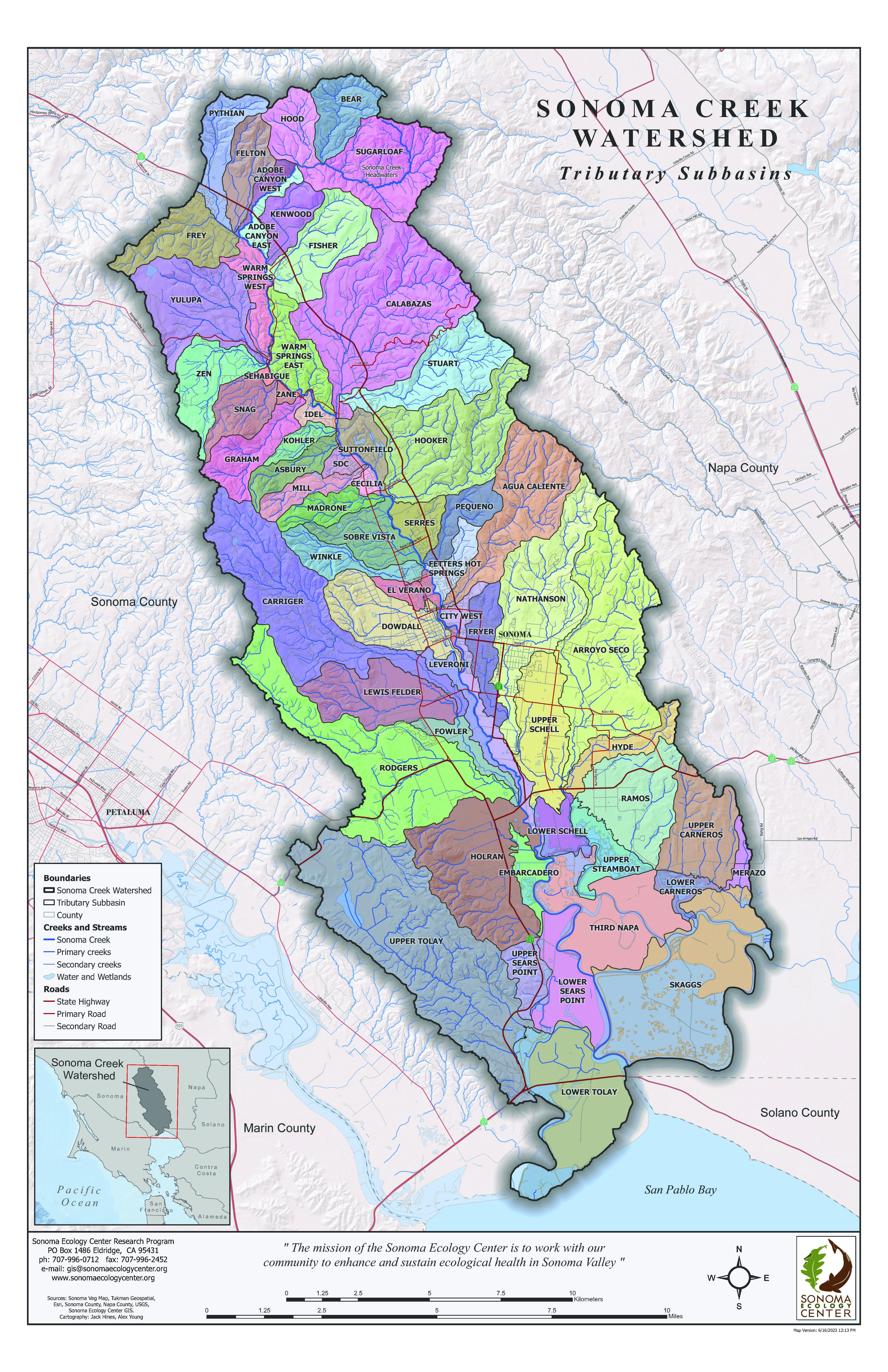
 The Calabazas sub-watershed is one of the largest in the greater Sonoma Creek watershed. During major storms it collects an impressive amount of water. Listen to the rushing waters of Calabazas Creek just before it reaches the mainstem of Sonoma Creek.
The Calabazas sub-watershed is one of the largest in the greater Sonoma Creek watershed. During major storms it collects an impressive amount of water. Listen to the rushing waters of Calabazas Creek just before it reaches the mainstem of Sonoma Creek.Ear to the Wild: The Underwater World of the Harbor Seal
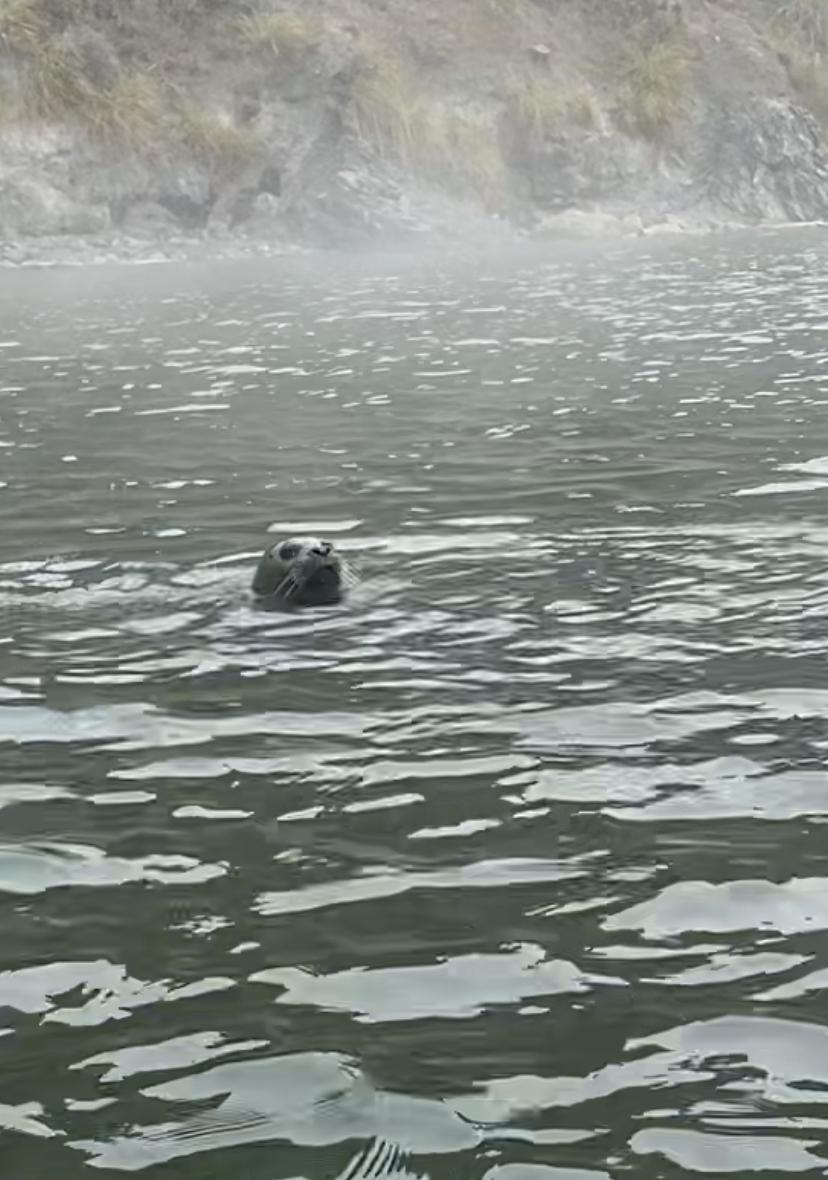
 Harbor seals spend up to 70% of their life underwater. Their aquatic home can sound strange and even abstract to our ears. In this recording from Jenner we can hear harbor seals making grunting sounds, and blowing bubbles.
Harbor seals spend up to 70% of their life underwater. Their aquatic home can sound strange and even abstract to our ears. In this recording from Jenner we can hear harbor seals making grunting sounds, and blowing bubbles.Ear to the Wild: The Western Screech-Owl
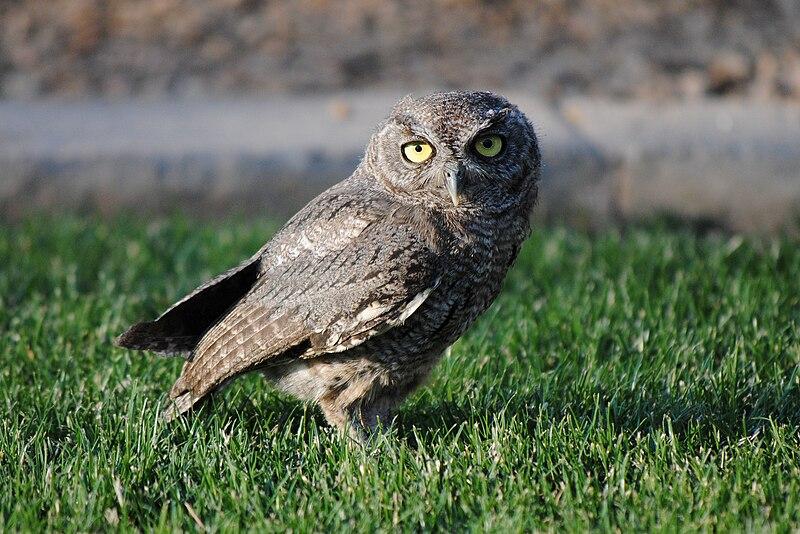

They're small, and hard to see at night. But when you hear that bouncing ball rhythm coming from the forest, you'll know it's a Western Screech-Owl!
(Photo: Randy R. Magnuson, CC BY-SA 3.0)
Ear to the Wild: Using the Cricket as a Thermometer
In 1897 a physicist named Amos Dolbear published a paper called “The Cricket as a Thermometer.” He’d discovered a formula for estimating the air temperature by counting the chirps of crickets. Let’s try it!
Ear to the Wild: Western Bluebirds at a Backyard Nestbox
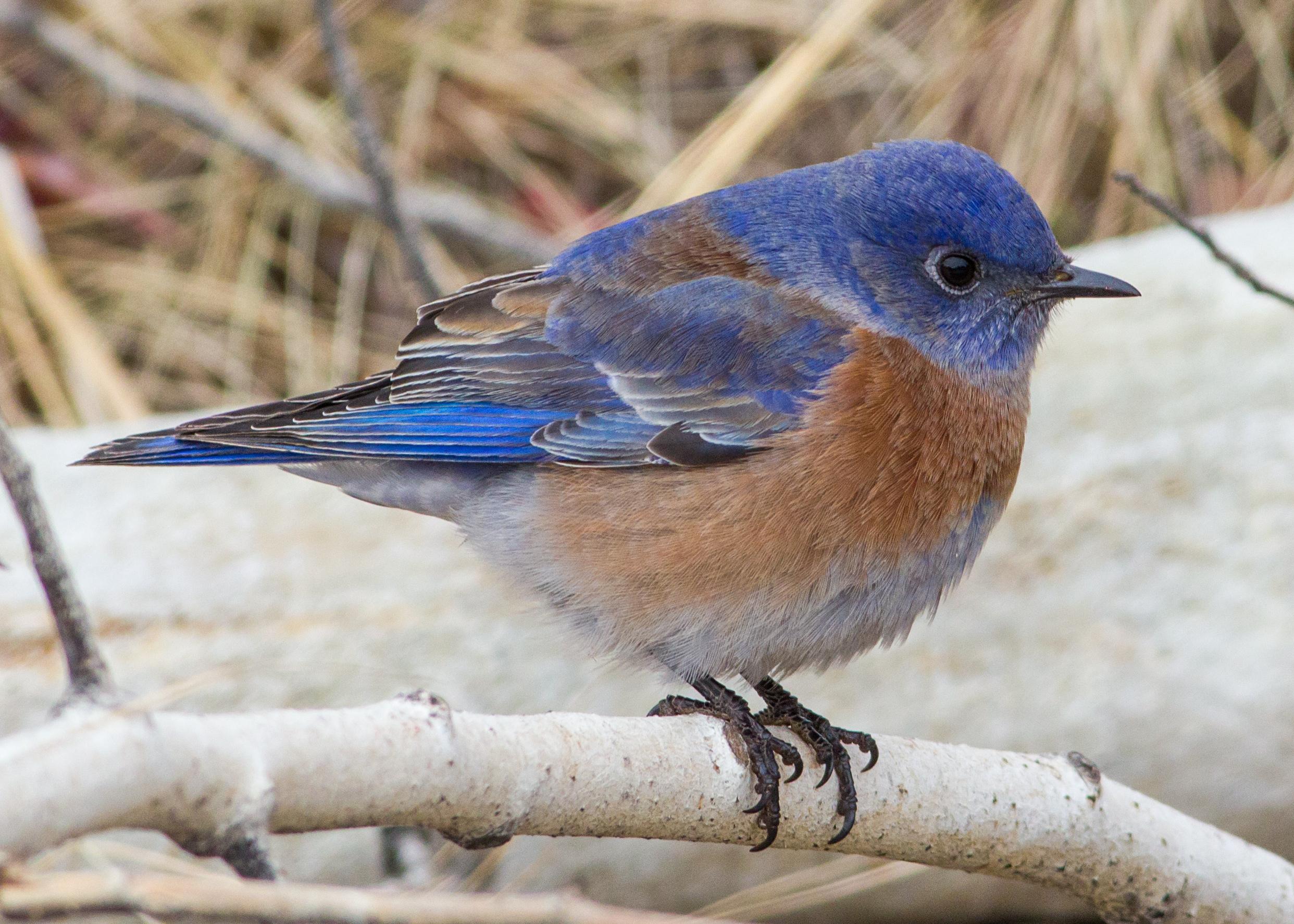
 Western Bluebirds are a small thrush that can sometimes be found in backyard nest boxes. Sometimes, if you sit quietly and listen, you can observe a lot in your own backyard!
Western Bluebirds are a small thrush that can sometimes be found in backyard nest boxes. Sometimes, if you sit quietly and listen, you can observe a lot in your own backyard!Earle Baum Center Open House – September 20, 2018
Earle Baum Center Community Open House
September 22nd, 2018 @ 10:00 am – 3:00 pmYour Vision, Our Focus – Free Community Open House
This exciting free event will highlight on-goingEarle Fest 2017 – September 13, 2017
Earle Fest 2017
SOMO Village Event Center
Saturday September 23rd, 2017 @ 3:00 pmThe Earle Baum Center of the Blind & SOMO Concerts invite you to the 10th year of
Edgar Cantero – Aug 8, 2018
On the August, 2018 Word By Word: Conversations With Writers, host, Gil Mansergh welcomes the Barcelona-born NY Times bestselling writer Edgar Cantero with his decidedly different new novel This Body’s Not
Educators Use Poetry to Help Kids Talk About Trauma – September 13, 2019
How can art help heal trauma? We talk to a class of thirdgraders to find out.
The timeline for recovery after a disaster is different foreveryone. Educators in Santa Rosa
Eiren Caffall and Amory Patrick Blaine on A Novel Idea

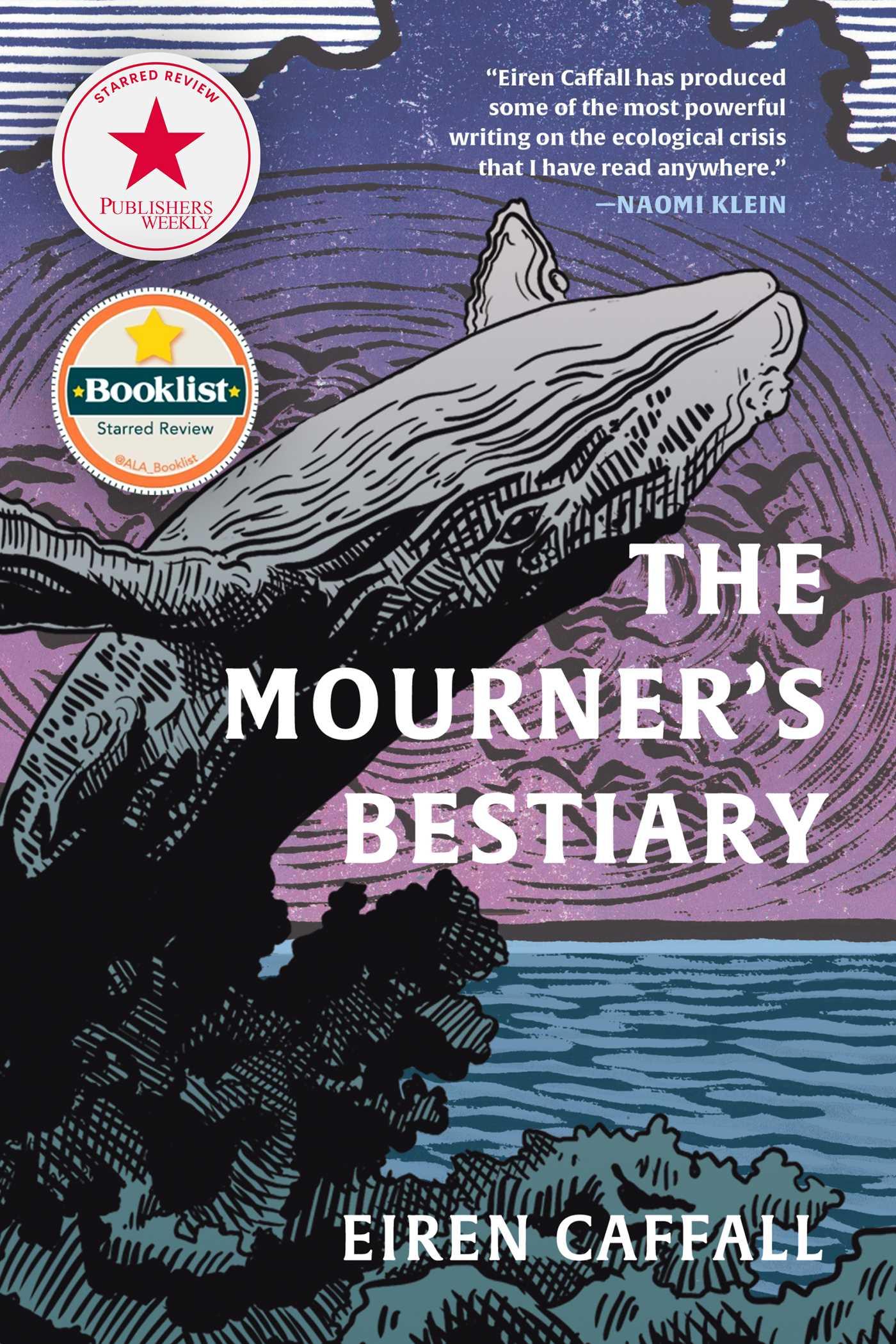
 Suzanne Lang talks with Eiren Caffall, a writer who also has a hereditary illness. She writes of the environment’s wounds that affect the life and health of our planet and of our ocean’s through the lens of her own life, struggles, and ultimate optimism, in her book The Mourner’s Bestiary.
Suzanne Lang talks with Eiren Caffall, a writer who also has a hereditary illness. She writes of the environment’s wounds that affect the life and health of our planet and of our ocean’s through the lens of her own life, struggles, and ultimate optimism, in her book The Mourner’s Bestiary.
 Amory Patrick Blaine joins Suzanne to talk about Book 1 of the trilogy American Renaissance, or Inquiry Concerning Political Justice in the Arts & its Influence on Morals and Happiness, a playful and philosophically probing story of art, culture, terrorism, and political intrigue.
Amory Patrick Blaine joins Suzanne to talk about Book 1 of the trilogy American Renaissance, or Inquiry Concerning Political Justice in the Arts & its Influence on Morals and Happiness, a playful and philosophically probing story of art, culture, terrorism, and political intrigue.It’s A Novel Idea, first, third, and fifth Sundays at 10:00am PT. Streaming and podcasting at krcb.org.
El Dia de Los Muertos – October 25, 2009
Mouthful explores the traditions of El Dia de Los Muertos, with an emphasis on Petaluma’s celebration.
Podcast: Play in new
Elaine Khosrova, Barbara Doud Wright – January 1, 2017
This edition A Novel Idea with Suzanne Lang features two authors who go deep into our cultural histories and help us understand where we’ve come from and where we are through
Elaine Neil Orr and Rosemary Manchester on A Novel Idea

 Africa in the early 1960’s was a place of transitions, political and personal. Suzanne Lang talks with Elaine Neil Orr on her novel, Dancing Woman, set in Nigeria during a time of political unrest and explores the longing of an energetic and artistic
Africa in the early 1960’s was a place of transitions, political and personal. Suzanne Lang talks with Elaine Neil Orr on her novel, Dancing Woman, set in Nigeria during a time of political unrest and explores the longing of an energetic and artistic wife of an agricultural aid worker.
wife of an agricultural aid worker.Als
 o featured is Suzanne’s conversation with Rosemary Manchester on her memoir of life in the Congo
o featured is Suzanne’s conversation with Rosemary Manchester on her memoir of life in the Congo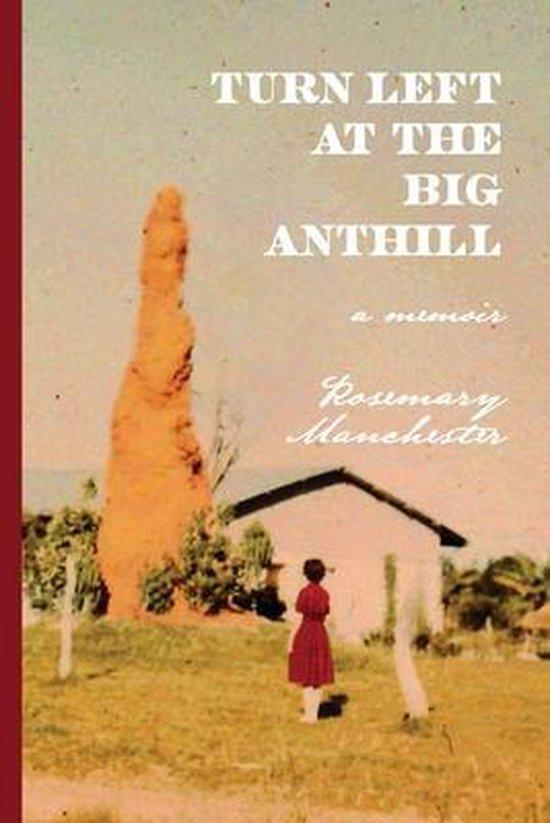 during the revolution from Belgian rule, Turn Left at the Big Anthill.
during the revolution from Belgian rule, Turn Left at the Big Anthill.A Novel Idea, Sunday, February 2nd at 10am PT. Streaming and podcasting at krcb.org.
Electric Cars and Wineries – January 22, 2012
Three Sonoma County wineries have electric car charging stations available
at no cost for visitors to the wineries. On today’s show, we hear from James Luchini of Francis Ford Coppola Winery,Elephant Man & Man of La Mancha – September 6, 2017
Titular roles don’t come more challenging than those of Miguel de Cervantes, the Man of La Mancha and John Merrick, better known as The Elephant Man, so why not increase the
Elephant Seals Expand Their Breeding Grounds at Point Reyes National Seashore – February 22, 2019
If you visit Drake’s beach at Point Reyes National Seashore, there may be an elephant seal or two taking up your parking space .
Every year in the winter, the
Elephant Seals Expand Their Breeding Grounds at Point Reyes National Seashore – March 22, 2019
If you visit Drake’s beach at Point Reyes National Seashore, there may still be an elephant seal or two taking up your parking space.
Every year in the winter, the Northern
Eli Colvin – Aug 16, 2015
Eli Colvin of Petaluma’s Revolution Bakery talks about his rustic, whole grain, wood-fired, small batch breads. If you have been looking for a delicious alternative to breads made with highly processed
Eliot Pattison in Conversation with Suzanne Lang on A Novel Idea – July 7, 2019
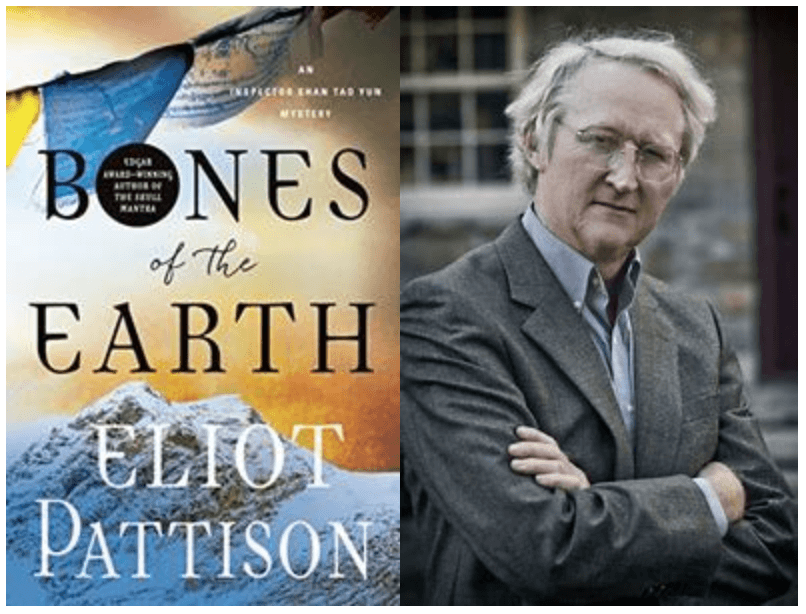

Bones of the Earth is the tenth installment in the Inspector Shan mystery series by award winning
Eliot Pattison on A Novel Idea (Aired: November 19, 2023)


 Eliot Pattison is the author of gritty mysteries set in the historic past and joins Suzanne Lang for an hour of conversation. His latest novel is Freedoms’s Ghost, a Mystery of the American Revolution, a recent installment into his Bone Rattler series, set in the pre-Revolutionary War Colonial America. Also featured is a 2019 segment with Eliot discussing the tenth and last installment of his “Inspector Shan” series set in Tibet, Bones of the Earth.
Eliot Pattison is the author of gritty mysteries set in the historic past and joins Suzanne Lang for an hour of conversation. His latest novel is Freedoms’s Ghost, a Mystery of the American Revolution, a recent installment into his Bone Rattler series, set in the pre-Revolutionary War Colonial America. Also featured is a 2019 segment with Eliot discussing the tenth and last installment of his “Inspector Shan” series set in Tibet, Bones of the Earth. Eliot Pattison and Suzanne Lang on A Novel Idea, Sunday, November 19th at 10 am PT on KRCB, 104.9 FM in Sonoma County, streaming and podcasting to the world at krcb.org.
Eliza Dean & Amanda Graziano – January 13, 2019
Tonight, Mouthful checks in with Eliza Dean of Dean Family Farm, whose 2018 apple season has just wrapped up, and Amanda Graziano, of Spirt Works Distillery in Sebastopol, who brings three
Page 32 of 139
Northern California
Public Media
Newsletter
Get the latest updates on programs and events.

 Live Radio
Live Radio
